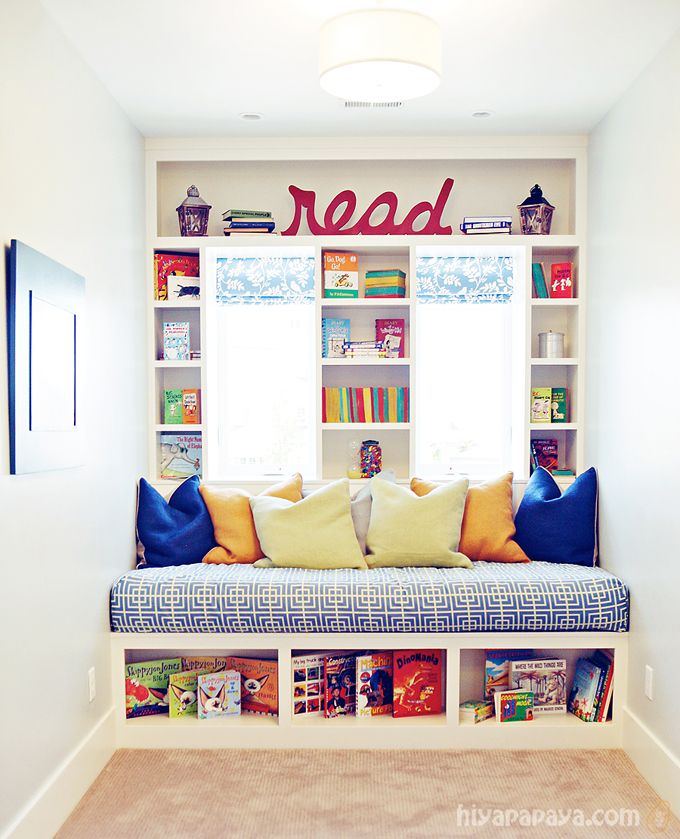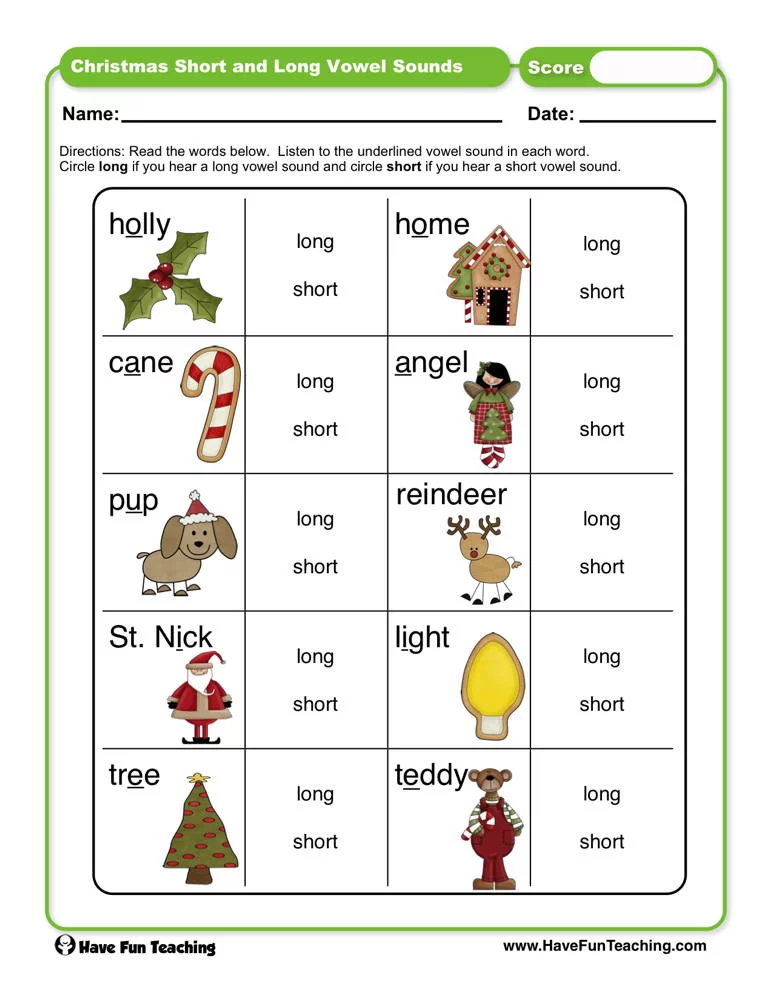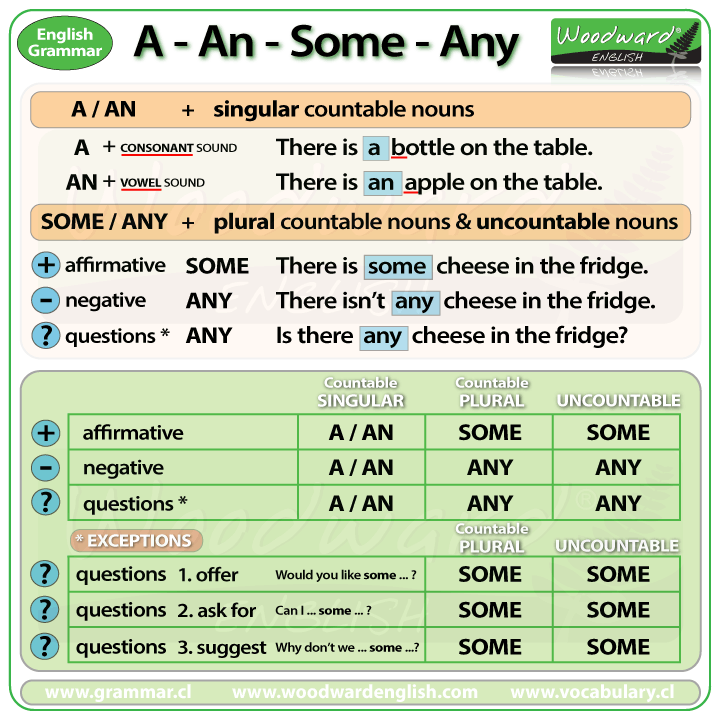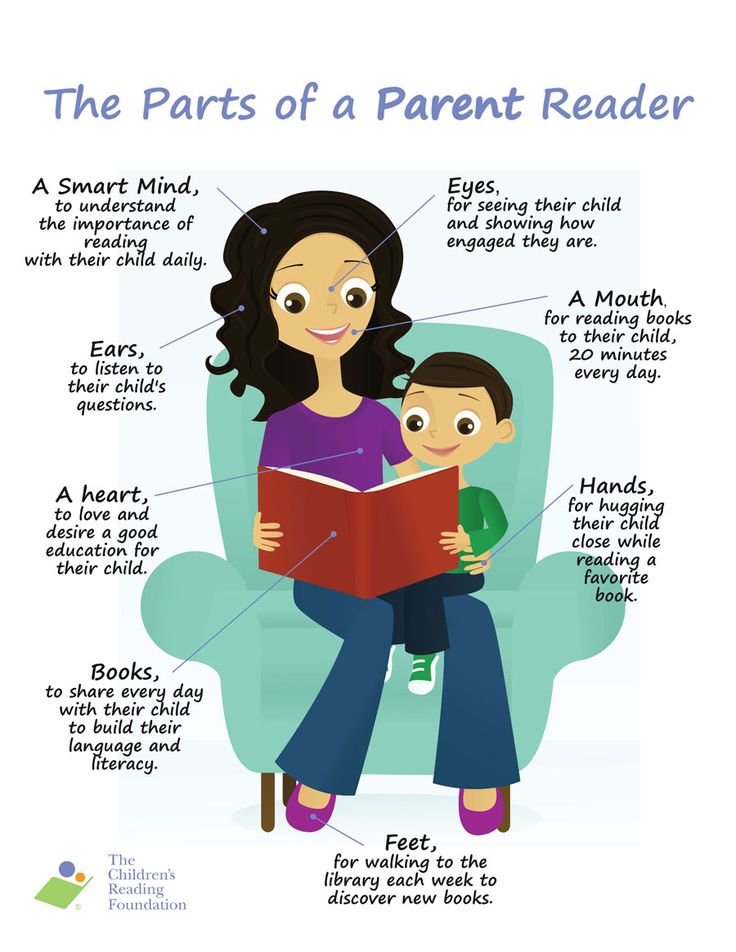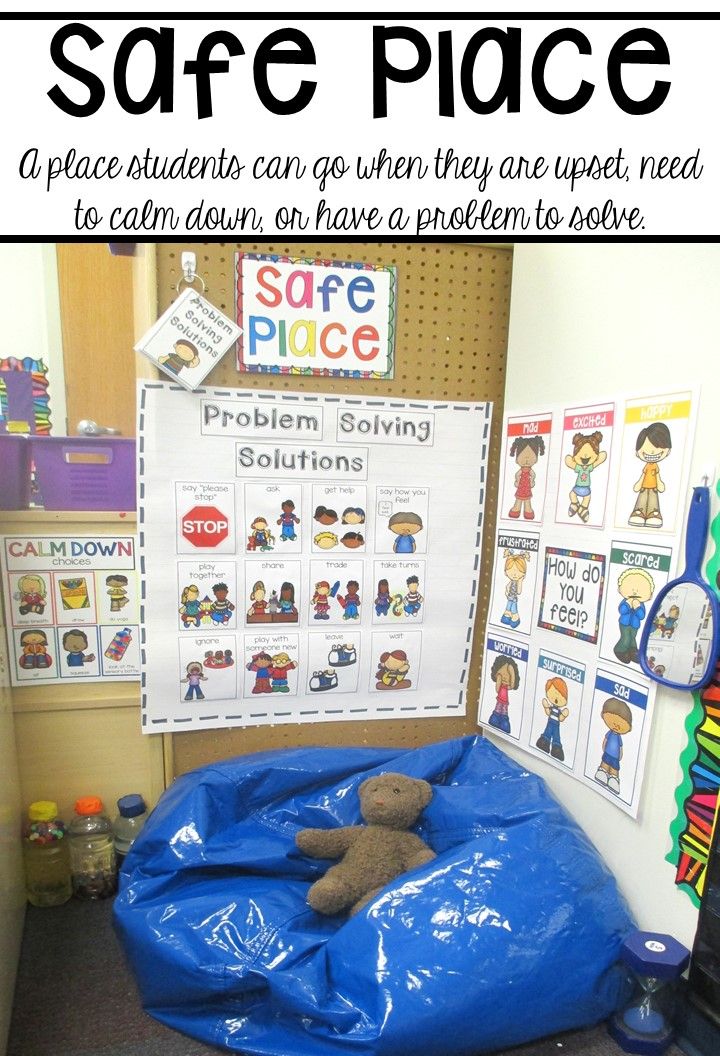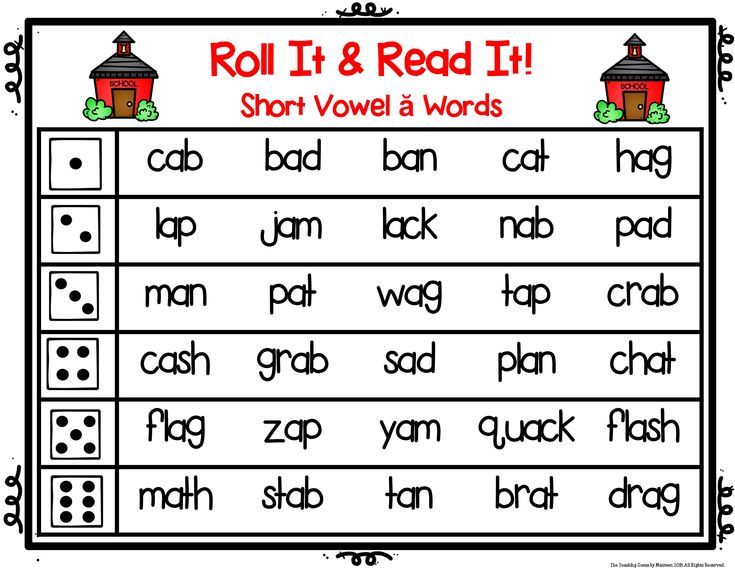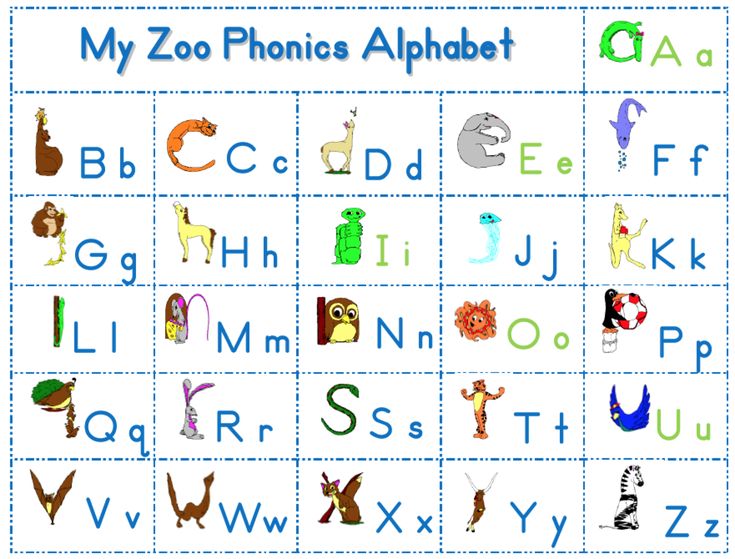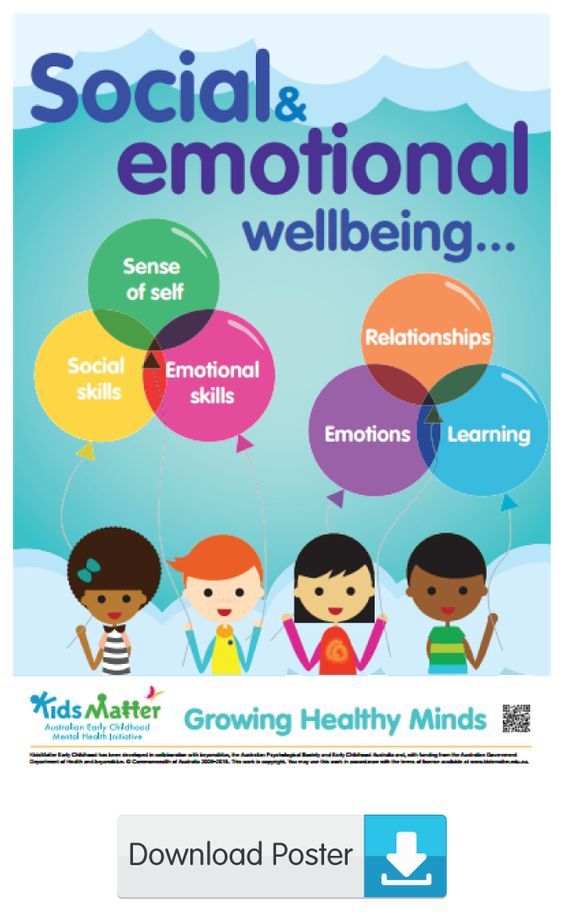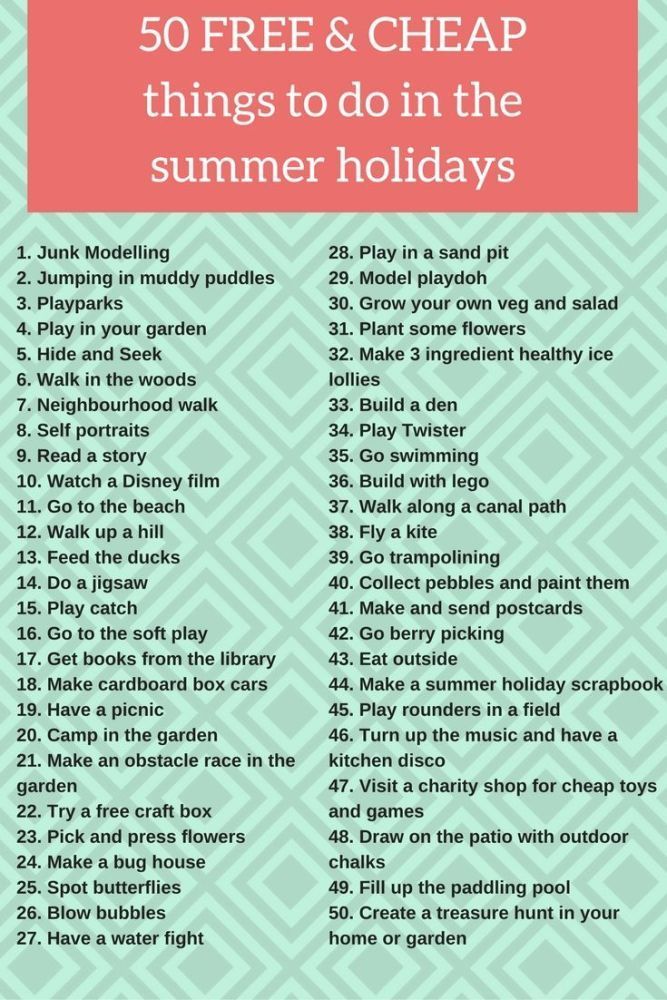Creative ideas kids
Creative play & activities for children
Creative activities: why they’re important for school-age learning and development
School-age children usually take a keen interest in creative activities. This is great because creative activities like drama, singing, dancing, art and craft help school-age children:
- develop creativity and imagination
- build confidence
- express emotions, thoughts and ideas in verbal and non-verbal ways
- learn about the world from someone else’s point of view
- practise decision-making, problem-solving and critical thinking
- practise and improve social skills
- develop physical and motor skills.
Encouraging school-age children to enjoy creative activities
You can encourage creative activity by giving your child free time to play and stepping back from your child’s play. Even boredom can encourage children to be creative. So can relaxation – for example, lying on the grass and watching the clouds change their shape.
It’s important for your child to enjoy and think about the process of creating things. You can help this happen by encouraging your child to share artworks and creative activities with you and your family. It’s always best to check with your child before sharing their artwork with other people, especially on social media.
When your child is creating something, it’s good for them to keep experimenting and changing their artworks until they feel they’re finished.
You can encourage this by:
- asking about their process – for example, ‘Tell me how you attached the wheels to the bus’
- suggesting ways to experiment – for example, ‘Show me how many sounds you can make with the drum’
- being available to help if they need it – for example, ‘I can hold that shape while you paint around it’.
If you can give your child a workspace or storage box for their unfinished projects, that’s great too.
Whatever artwork your child comes up with, you can encourage their effort with plenty of descriptive praise.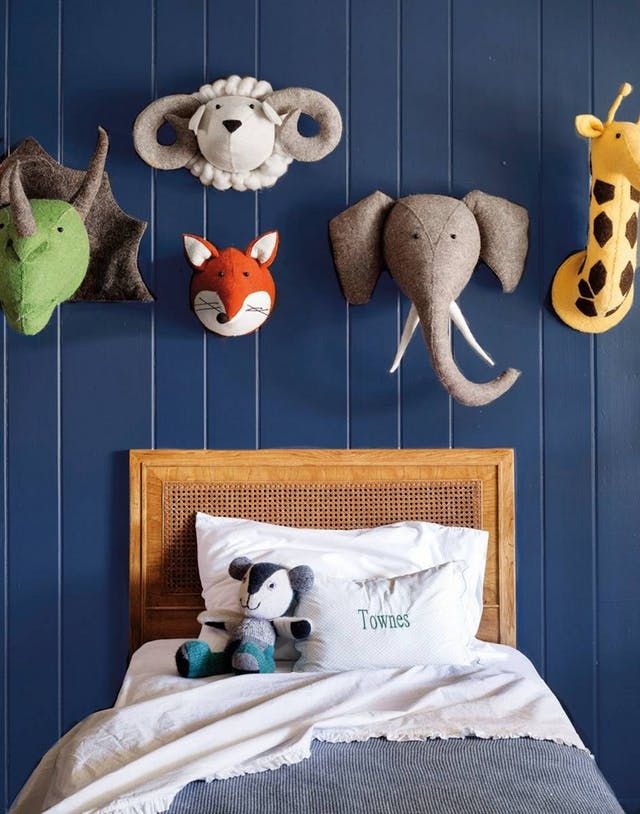 For example, ‘I like the rhyming words in your song’. This is great for your child’s confidence.
For example, ‘I like the rhyming words in your song’. This is great for your child’s confidence.
Some children are more interested in creative activities than others, so you can’t really ‘teach’ your child to enjoy these creative activities. But you can pass on a positive attitude to them.
It’s good to include some ‘art appreciation’ in your child’s life. Why not visit a local art exhibition or see a multicultural or Aboriginal dance or theatre performance together and talk about your favourite parts?
Art and craft: creative activities for school-age children
At this age, children have a solid understanding of colour, shapes, patterns and details. Where your child used to draw scribbles and squiggles for trees and flowers, now you can see leaves, branches, trunks and petals.
School-age children are also figuring out different ways to make things – they don’t need parts pre-made for them. For example, they might draw and cut out wings for a craft butterfly, or they might make wings from scrap paper and leaves.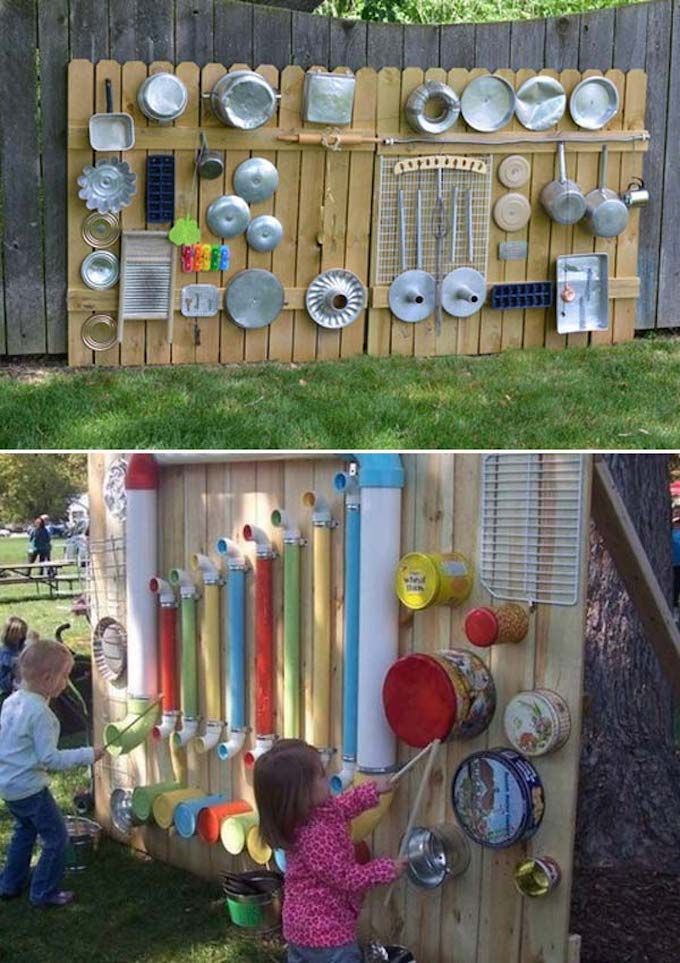 Younger school-age children might still need your help to get started.
Younger school-age children might still need your help to get started.
Here are some ideas for creative art and craft activities:
- Get your child to build and decorate a cubby house out of cardboard boxes or natural materials like tree branches.
- Play with textured paint. Encourage your child to add sand, dirt or sawdust to paint and use this to decorate boxes or make paintings.
- Make invisible ink out of a mixture of lemon juice and water. Your child can write a secret message with the ink. When it’s dry, they can hold the paper up to the light and see the message reappear.
- Find a large cardboard box and see what your child can come up with. It could become a robot costume, plane, puppet theatre and so on.
- Combine drawing, painting or clay-making with digital media. For example, make a clay model or a sculpture out of sticks and take photographs of it. Your child can use these photographs to make up a story.
- Go on a nature walk and take nature photographs.
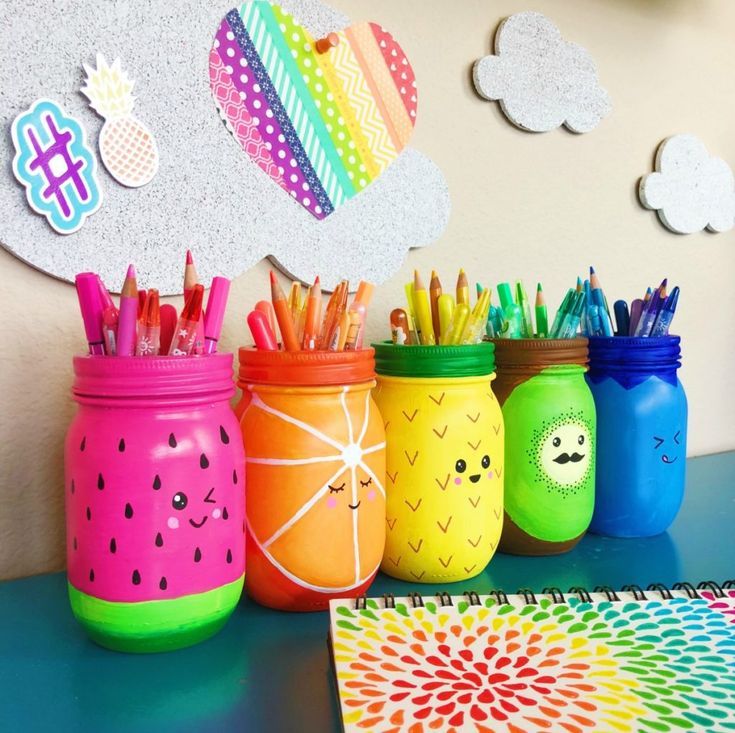 Create a story, photo album or map with the photos using an app or a software program.
Create a story, photo album or map with the photos using an app or a software program. - Create digital artwork using software programs or apps.
Creative writing is a great way for your child to express emotions and explore ideas. For example, your child might make up new words or riddles, write and illustrate a family story book, write a script for their favourite TV show, or start a journal or blog about their favourite subjects or activities.
Drama: creative activities for school-age children
School-age children often make up and act out their own stories using simple props. Sometimes they act out events from daily life, movies and TV shows. Or you might notice your child acting out the lyrics as they listen to music or watch music videos. Also, children might act out roles like a caring vet or a police officer.
These dramatic activities give children the chance to work out real-life problems, like what to do when a person or a pet is sick or someone is angry.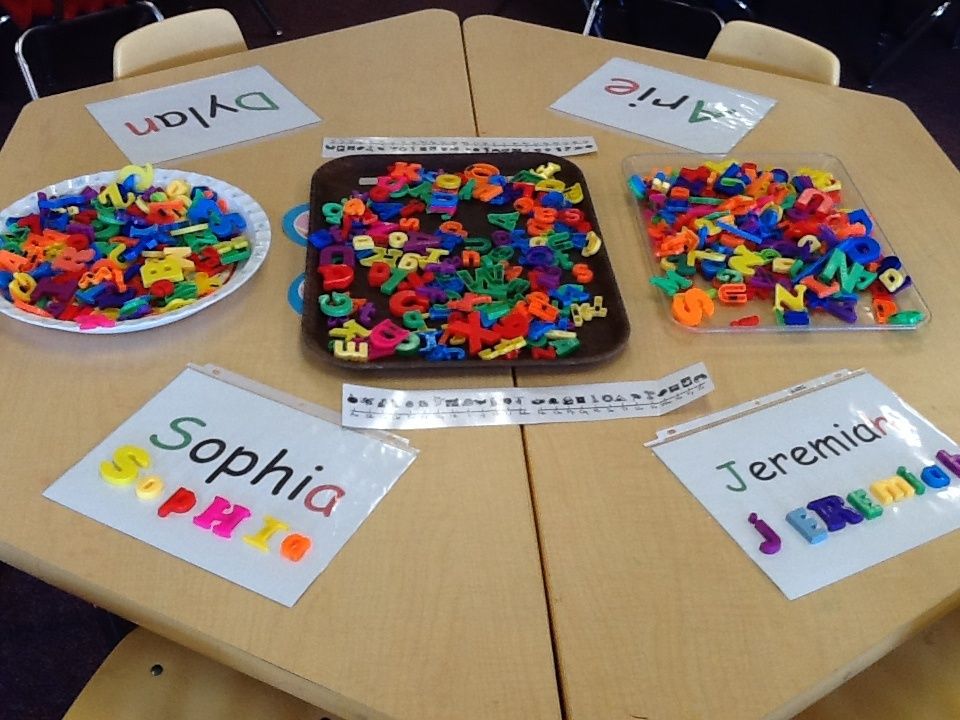 They also encourage children to see the world from someone else’s point of view, which helps to build empathy.
They also encourage children to see the world from someone else’s point of view, which helps to build empathy.
Here are some ideas to get your child involved in dramatic creative activities:
- Start a dress-up box. Use old clothes or buy simple props like cooking utensils from op shops.
- Make simple puppets and put on a puppet show.
- Take turns making up a story. You could begin with a simple situation and take turns saying what happens next. The longer the game continues, the more imaginative the story can be. If you need help to get started, you could try roll-a-story.
- Video a play or performance. Your child could write the script and make the costumes, then video themselves using a smartphone or camera. They can edit and add special effects with software or apps.
- Play games that involve guessing and acting, like charades and Pictionary. Your child could also make up their own set of flashcards with words to act out or draw.
Diversity in play is good for children.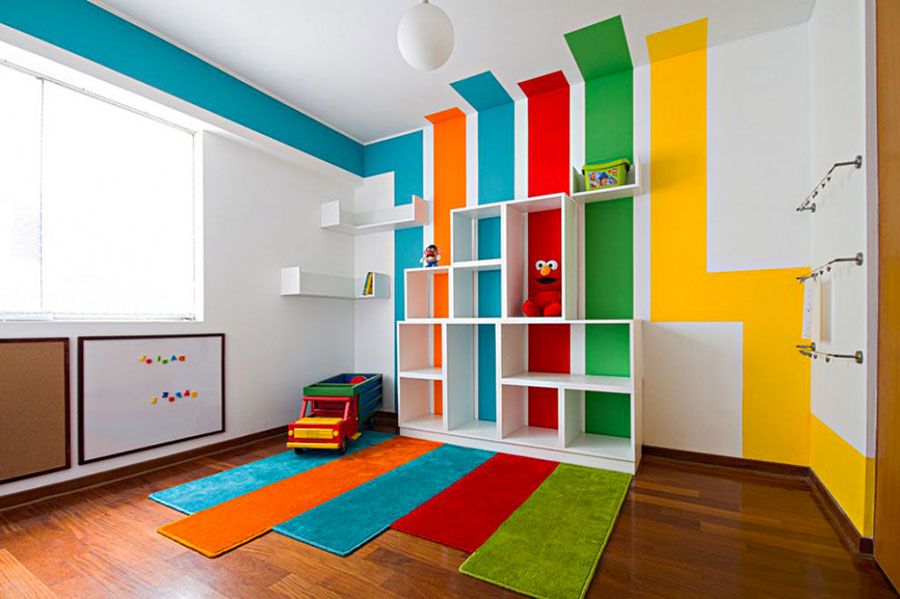 It helps children learn about people from diverse backgrounds, avoid stereotypes and understand equality. For example, you could encourage children of all genders to dress up as nurses or builders. Or choose stories or songs from diverse cultures or languages.
It helps children learn about people from diverse backgrounds, avoid stereotypes and understand equality. For example, you could encourage children of all genders to dress up as nurses or builders. Or choose stories or songs from diverse cultures or languages.
Music, sound, movement and dance: creative activities for school-age children
Your child might enjoy making music, either copying songs they know or making up their own. Your child might also be keen to experiment with volume, echo, rhythm, tempo and pitch. And they might be ready to use musical symbols and notes to learn how to play a piece of music.
Also, at this age, children can often control and move their bodies in expressive ways. You’ll probably see your child moving more in time with music. Or your child might start making up dance sequences to popular music or songs.
Here are some ways for your child to get creative with music, sound, movement and dance:
- Let your child play or make sounds using bought instruments or instruments you already own.
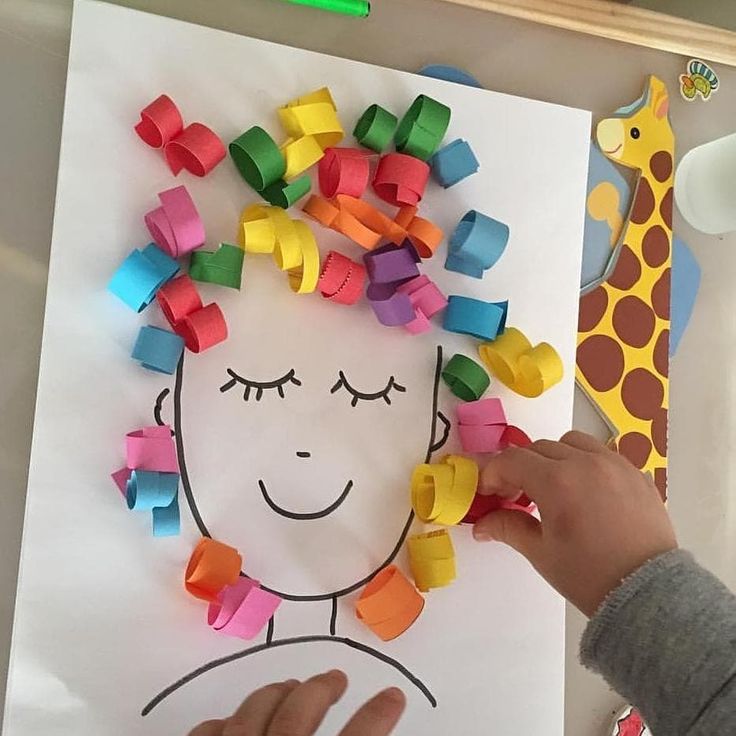 Encourage your child to try different volumes, tempos and rhythms, or copy the way you play.
Encourage your child to try different volumes, tempos and rhythms, or copy the way you play. - Listen to the musical pieces Peter and the wolf and The carnival of the animals, which use different instruments to represent different animals. Guess what animal the music represents, copy the sounds and make up movements to go with the music.
- Encourage your child to hum a favourite song, and try to guess what they’re humming. You can have a go too.
- Use body percussion with singing. You and your child can tap your shoulders, knees or elbows to the beat of a song.
- Play with music apps that allow your child to make songs and beats using the sounds of different instruments.
- Dance to different rhythms and music. Or make up dance sequences about people, animals, machines, plants – whatever interests your child. Your child can teach you some dance moves too.
If your child wants to learn a musical instrument, encourage them to listen to a range of instruments and musical styles so they can work out what interests them the most.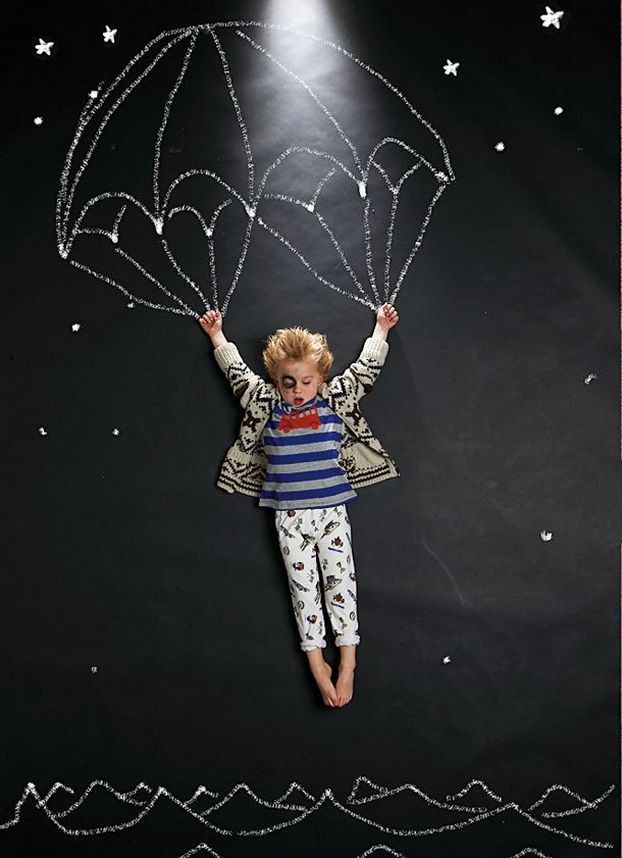 For example, play orchestral music, electronic music and popular bands. Or go to see different live music acts at a local festival.
For example, play orchestral music, electronic music and popular bands. Or go to see different live music acts at a local festival.
Creative activities for children with diverse abilities
You can adapt creative activities to suit school-age children with diverse abilities. For example, if your child:
- needs help with creative play skills, you could model simple actions – for example, show your child how to growl like a monster or bang a drum, or break down the activity into easier steps or use written or picture instructions to help your child understand what to do
- has sensory sensitivities, give your child tools to touch things like playdough, play music more quietly or introduce new textures and colours slowly
- has vision impairment or fine motor difficulties, use larger materials and tools – for example, make collages with large oak leafs instead of petals, or use chunky crayons instead of pencils
- has a lot of energy, encourage bigger movements like jumping, swaying arms, stretching, crouching or shaking
- has limited mobility, collect play materials for your child and put them within easy reach.
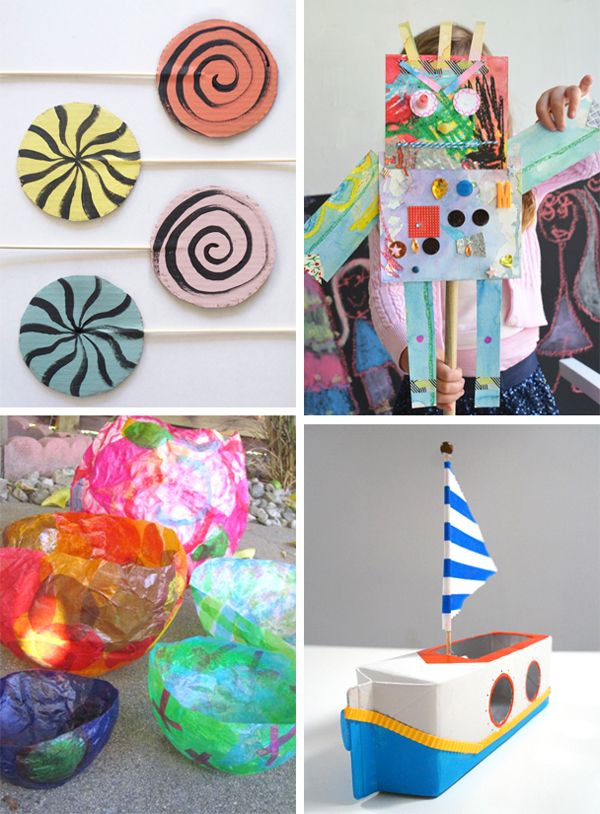
70 Best and Creative Indoor and Outdoor Ideas
The Best Ideas for Kids/Dream a Little Bigger
The phrase parents dread the most comes in a short, two-word statement, but it packs a gut punch: "I'm bored." Those words can come at any time, at any place, no matter how many toys they have or no matter what the screen-time situation is.
But parents don't have to fear boredom any longer with this list of the best activities for kids in 2022, meant to cut ennui off at the pass. Most of them only require materials that are probably already somewhere around the house (though you might have to supplement with a specific art supply or two). They're designed to get kids to use their creativity and imaginations, or get them up and active, or have them practice certain skills like matching or memory or some combination of all of the above. But most of all, they're designed to be fun, which means they'll get so lost in their projects that they'll forget they were ever at a loss for something to do to begin with.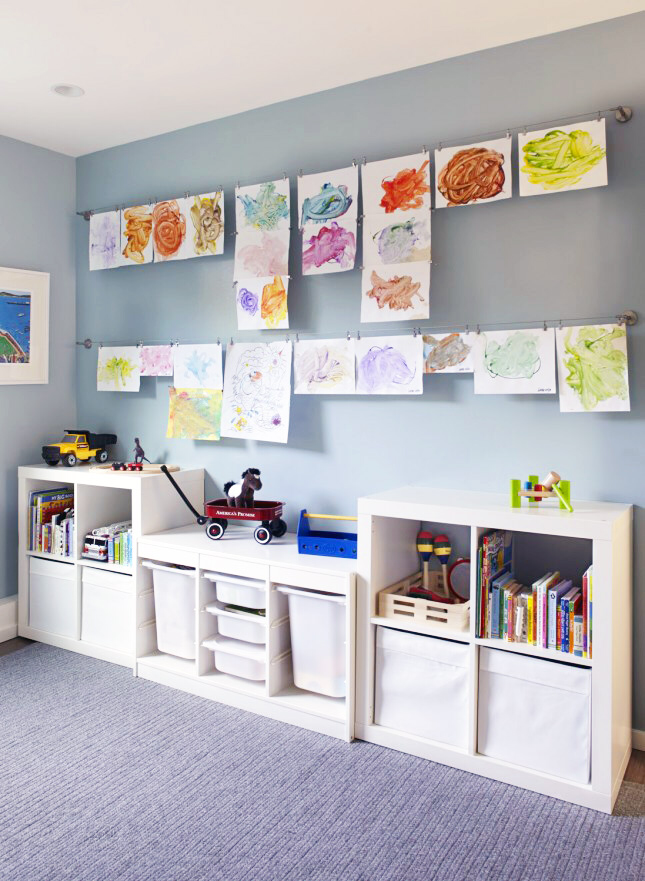
Not enough boredom-busters? If the kids in question are more into crafts than activities, we have suggestions for all kinds of crafts for kids in every season, including summer crafts for kids, fall crafts for kids and winter crafts for kids (and also projects for holidays like Thanksgiving, Halloween, Christmas, Easter, Mother's Day and Father's Day). If they're drawn more to the activities than the crafts, you can find more ideas for backyard games, at-home science experiments, learning activities for preschoolers, learning activities for toddlers, fun activities for toddlers and activities for 1-year-olds. No matter what they're into, they'll find something to amuse themselves.
Avengers Bookmarks
Crafts by Amanda
Turn their love of superheroes into a love of reading with these clever craft-stick bookmarks. Just note that they work best with jumbo craft sticks. (Don't worry if you can't draw free-hand — the tutorial has patterns.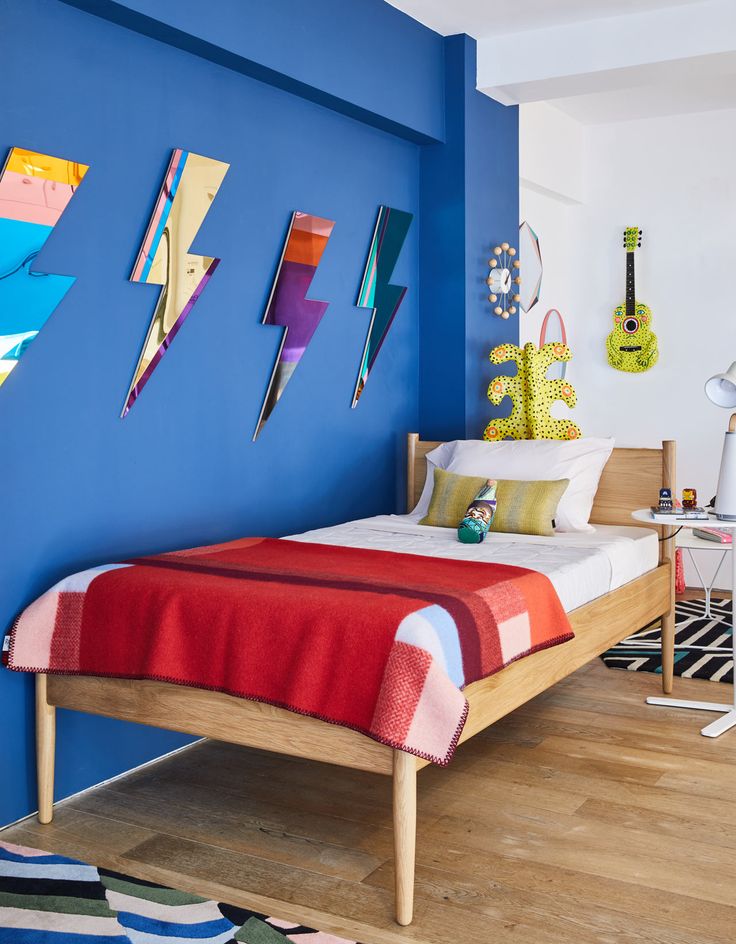 )
)
Get the tutorial at Crafts By Amanda »
Bucket-List Wreath
Design Improvised
This is an activity that sparks ideas for future activities. The clothespins that make up this wreath have suggestions for fun days out written on them, like "beach day" or "go to the museum" — aka some "bucket list" items — and every time your family is staring down a day with nothing to do, you can always head over together and pick one out. Refresh the clothespins for summer vacation, for winter break or any other time you expect a lot of downtime.
Get the tutorial at Design Improvised »
Bubble Refill Station
Hello, Wonderful
Those bubbles? They run out in a heartbeat. By creating (and, if the mood strikes, decorating) a DIY bubble refill station, kids will have a useful work of art and a way to re-up their bubble solution supply without parental involvement.
Get the tutorial at Hello, Wonderful »
DIY Bath Bombs
A Beautiful Mess
Tweens and teens will love making their own homemade bath bombs (which is a great idea for a birthday party with a built-in favor).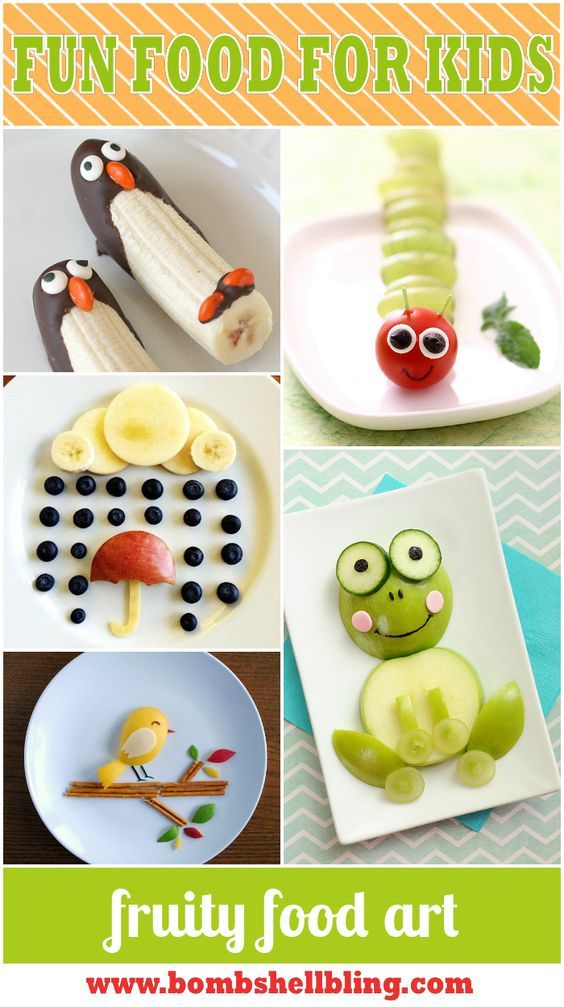 Once they've perfected the technique, they'll love experimenting with shapes and fragrances.
Once they've perfected the technique, they'll love experimenting with shapes and fragrances.
Get the tutorial at A Beautiful Mess »
Felt Flower Bouquet
Happiness Is Homemade
The best thing about these felt flowers is they don't require any sewing. Kids can use them to decorate their rooms, put in a pencil cup or use as a bookmark, but they also make good Mother's Day gifts!
Get the tutorial at Happiness Is Homemade »
Backyard Treasure Hunt
Alice & Lois
Give them early map-reading skills by giving them a homemade path to treasure or prize. Then, flip it and have kids make their own maps for you to follow.
Get the tutorial at Alice & Lois »
Pool Noodle Pom-Pom Launcher
Kid Friendly Things to Do
What do you get when you combine a pool noodle slice and a latex balloon? You get something that sends pom-poms flying across the sky! The poms are so soft, you don't have to worry about damage as kids send them everywhere!
Get the tutorial at Kid Friendly Things to Do »
Spider Web Search
Jamie Reimer/Hands on As We Grow
These kids were challenged with finding bug stickers hidden along the string web.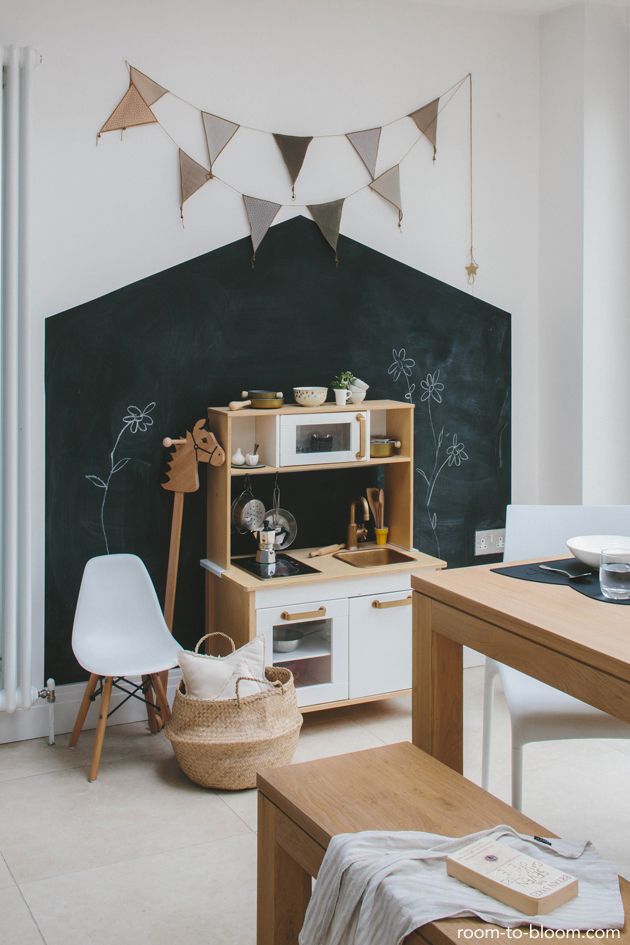 Stepping in and around the web is great gross motor practice, and they were given a list of bugs to find, which also made it a matching activity.
Stepping in and around the web is great gross motor practice, and they were given a list of bugs to find, which also made it a matching activity.
Get the tutorial at Hands On as We Grow »
Finger Puppets
Scattered Thoughts of a Crafty Mom
There's no sewing involved to make these fun finger puppets (but kids might need some help with the hot glue gun). Then they can make up their own stories and put on a puppet show.
Get the tutorial at Scattered Thoughts of a Crafty Mom »
Bath Paint
I Heart Arts 'n' Crafts
With just two ingredients, you can whip up some DIY paint that doesn't stain bathtubs and rinses down the drain. Then your toddler artist will be so busy making a masterpiece that they won't notice their hair being scrubbed.
Get the tutorial at I Heart Arts 'n' Crafts »
Craft Stick Trivia Game
Dream a Little Bigger
Kids will love answering (or even coming up with) the questions for this extremely portable game.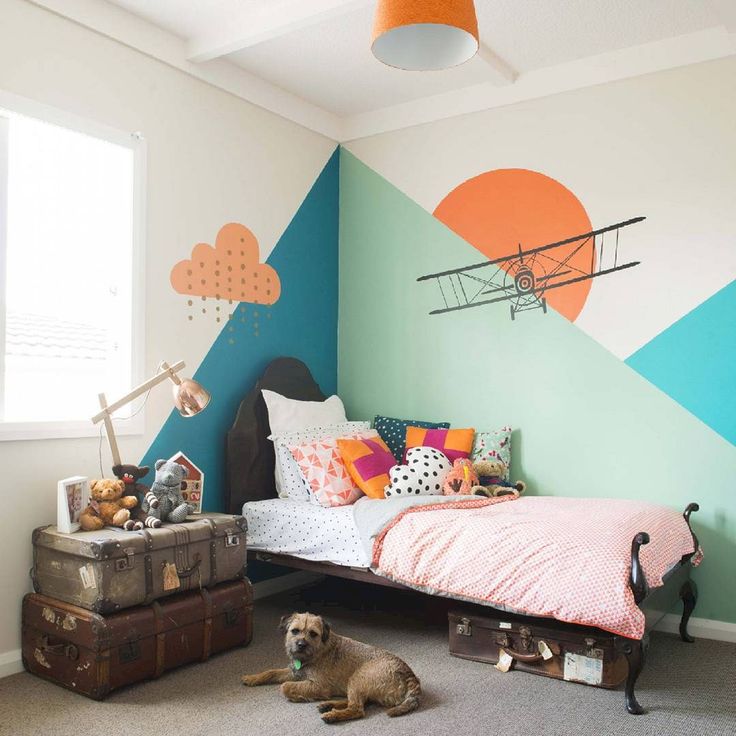 Once it's done, you can break it out while waiting for dinner, at a doctor's office or anywhere else they might need to kill a few minutes. (Not a trivia fan? Don't worry — the tutorial has plenty of questions.)
Once it's done, you can break it out while waiting for dinner, at a doctor's office or anywhere else they might need to kill a few minutes. (Not a trivia fan? Don't worry — the tutorial has plenty of questions.)
Get the tutorial at Dream a Little Bigger »
Rainbow Walking
Emma Owl
This is the type of art project that also gets kids up and moving — a win-win. The developer of this craft even did another version on an apron as a gift for Granny.
Get the tutorial at Emma Owl »
Backpack Tags
Handmade Charlotte
Kids will be able to spot their backpacks a mile away when they have a personalized charm dangling from the zipper. They can also make some to give away to friends.
Get the tutorial at Handmade Charlotte »
Summer Fun Journal
Makes and Takes
The boredom-busting capacity of this homemade journal is two-fold: First, they get to make and decorate it themselves.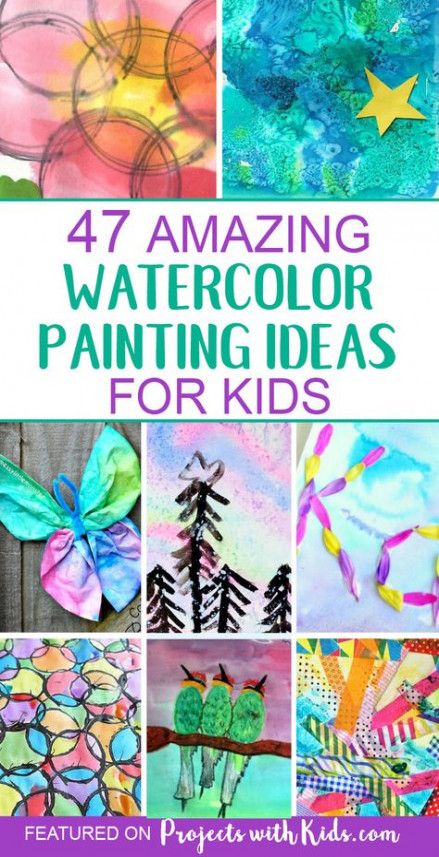 Then, they can use it to record their best summer memories.
Then, they can use it to record their best summer memories.
Get the tutorial at Makes and Takes »
Paper House Village
Club Crafted
If the kids have so many toys, they might need a whole village to roam around in — and this one can be made with colored cardstock (littler ones might have to lose some of the definition in the window panes if they are too young to use a craft knife, but squares work just fine). A rainbow of houses is certain to look great in a playroom. This one was created to be a holiday village, but without the festive elements it'll just be a colorful town.
Get the tutorial at Club Crafted »
Sensory Sorting
Jamie Reimer/Hands On as We Grow
For this activity, two colors of buttons were placed in a storage bag filled with clear gel. Pushing the buttons into the proper spaces is a sorting activity, a color-recognition activity and a sensory activity all in one.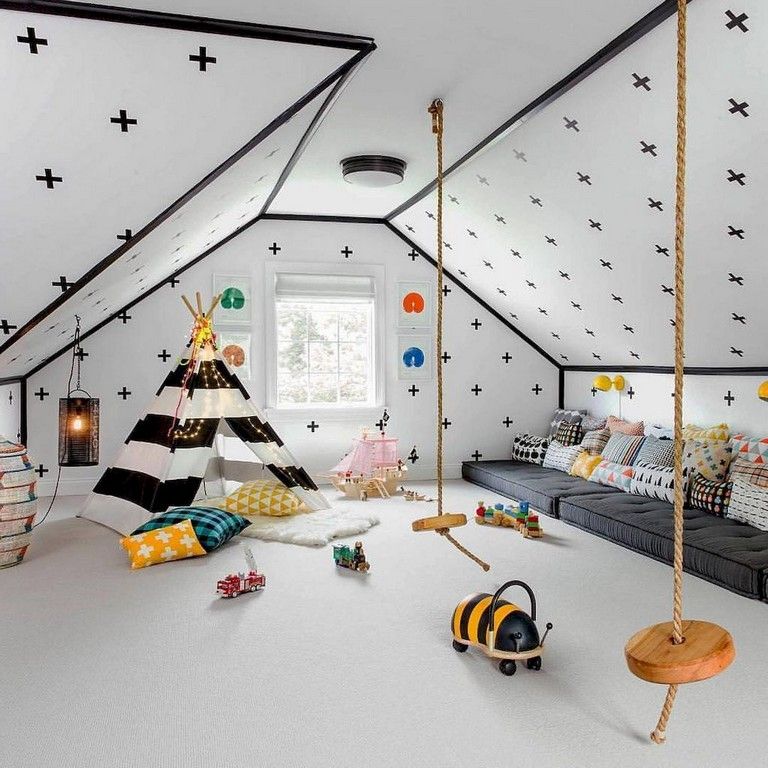
Get the tutorial at Hands On as We Grow »
Faux Flower Garland
Mike Garten
The secret to this flower garden is cupcake liners! When it's done, kids can use them as garlands around their rooms, or as a summery table decoration for a party.
To make: Have kids fold dyed cupcake liners in half and cut out petal and fringe shapes. Then fold a piece of floral wire in half and twist around the faux flower stamen. Poke the wire through the center of three to four paper liners. Finish it off by wrapping floral tape around the base of the liners and bringing it all the way down the stem.
Melted Pony Bead Wind Chimes
No Time for Flash Cards
Kids love seeing the cause-and-effect, before-and-after of melting down pony beads into different molds. When they're in a proper shape, the melted beads can be strung into wind chimes.
Get the tutorial at No Time for Flash Cards »
Fairy Leaf Puppets
Willowday
To start off this project, send kids off on a nature walk to have them gather materials and supplies.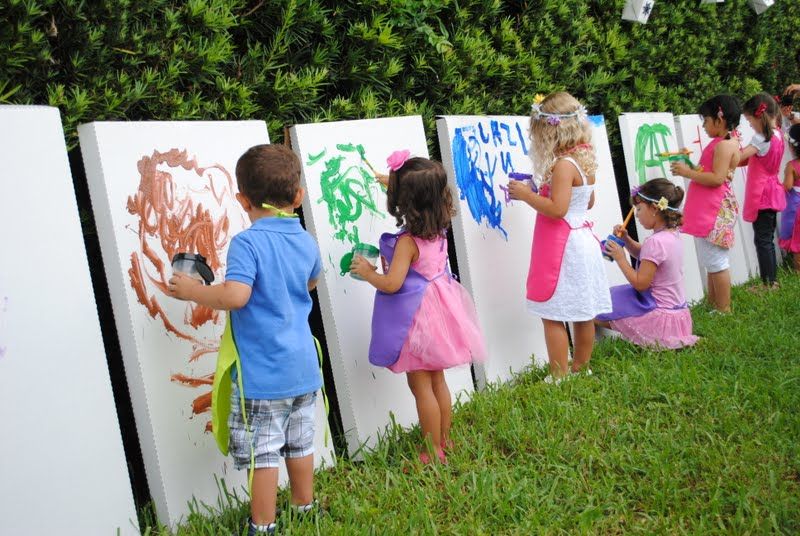 Then, they can unleash their creativity at home to make these beautiful puppets.
Then, they can unleash their creativity at home to make these beautiful puppets.
Get the tutorial at Willowday »
RELATED: Autumn-Inspired Leaf Crafts That Can Be Made with Real or Paper Leaves
Pool Noodle Boats
The Best Ideas for Kids
When those pool noodles start to get worn out, give them a second life by cutting them into floating boats, decorated with straws and sails. The good thing is one noodle can make a whole fleet, which you can then sail in a bath or kiddie pool with small toys as the passengers.
Get the tutorial at The Best Ideas for Kids »
Colored Salt Art
Buggy and Buddy
With food coloring, salt and squeeze bottles, your family can hit the driveway, sidewalk or patio and make masterpieces inspired by artist Motoi Yamamoto. It's the perfect upgrade when sidewalk chalk gets boring.
Get the tutorial at Buggy and Buddy »
Marbled Paper
Studio DIY
This is a fun activity that gives kids a chance to dig in their hands as they make art.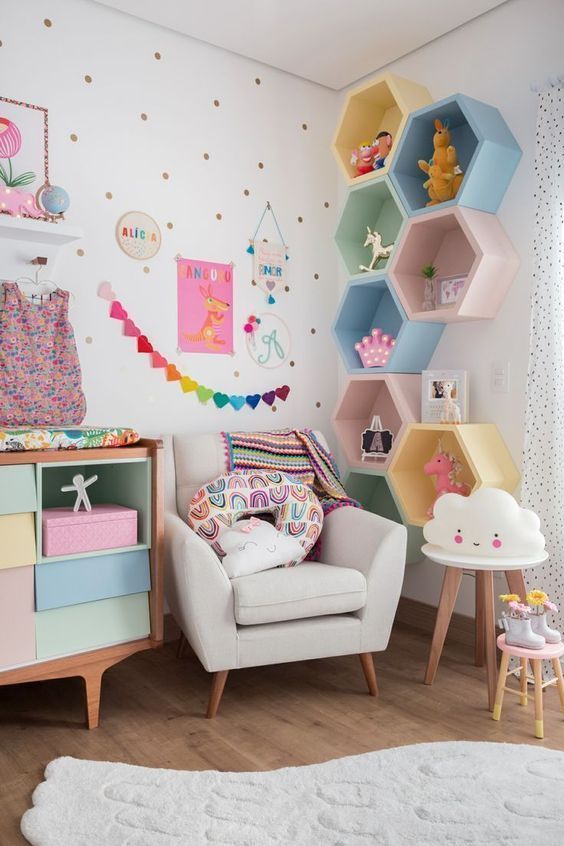 Fill a tub with foaming shaving cream, add food coloring or paint on the tip, then swirl with a butter knife or stick, and when you lay a piece of paper on top, it comes away with a cool, marbled pattern.
Fill a tub with foaming shaving cream, add food coloring or paint on the tip, then swirl with a butter knife or stick, and when you lay a piece of paper on top, it comes away with a cool, marbled pattern.
Get the tutorial at Studio DIY »
Novelty Snow Globes
Aww Sam
With oven-bake clay, kids can put trendy items into globes and make a desk accessory with a cactus, donut, hot dog, pineapple or whatever they can imagine.
Get the tutorial at Aww Sam »
Sensory Bin
SDI ProductionsGetty Images
Fill a plastic tub with dry rice, raw pasta, Kinetic Sand or water beads, and let the kids go to town scooping, pouring and digging for little treasures you've hidden. These sensory bins expose them to different textures and helps them work on their fine motor coordination.
Get the tutorial »
RELATED: 13 DIY Sensory Bin Ideas to Get Kids Used to New Textures
Orange Peel Bird Feeder
Typically Simple
Kids can whip up these bird feeders from birdseed, popcorn and an orange peel.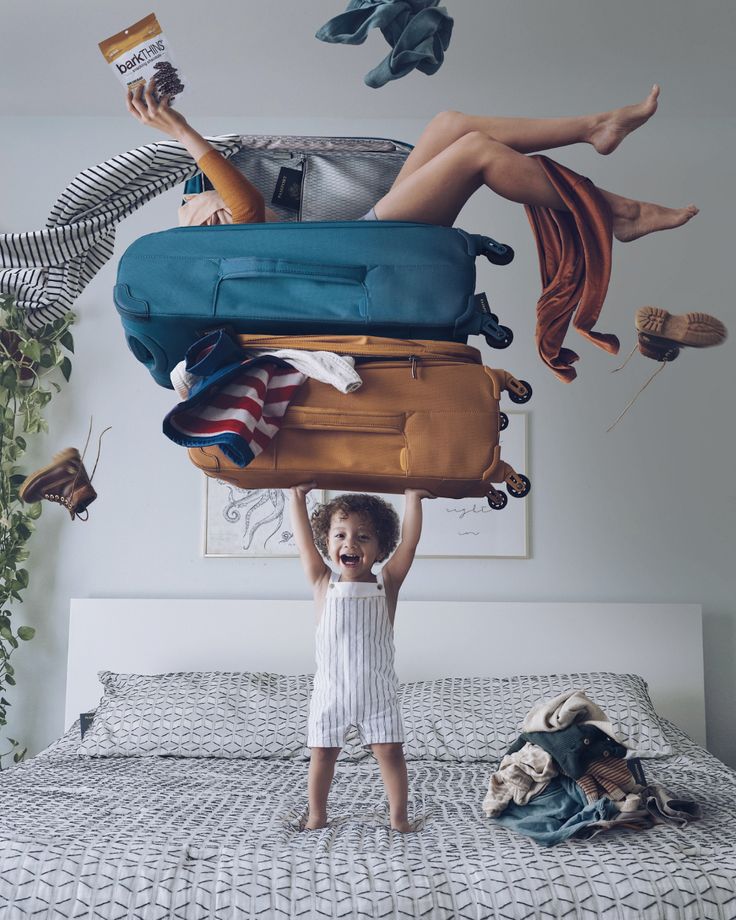 When it's hung, give them a sketchbook and some art supplies and see if they can draw and identify the visitors that stop by.
When it's hung, give them a sketchbook and some art supplies and see if they can draw and identify the visitors that stop by.
Get the tutorial at Typically Simple »
Ice Dye Hoodie
Alice and Lois
You've done tie-dying, now see what happens when you ice-dye your hoodies and tote bags. A project best attempted with older ones, ice-dying involves pre-treating fabric, then putting powdered dye on top of ice, which makes cool patterns when it melts.
Get the tutorial at Alice and Lois »
RELATED: The Ultimate Step-by-Step Guide to Tie-Dye Anything (and Everything) In Your Closet
Paper Chain Wall Hanging
White House Crafts
We know tweens and teens love nothing more than personalizing their rooms, and wall art made from paper chains is a versatile DIY for these purposes. They can use the tutorial to get the rainbow pattern, or sketch out their own ideas on graph paper.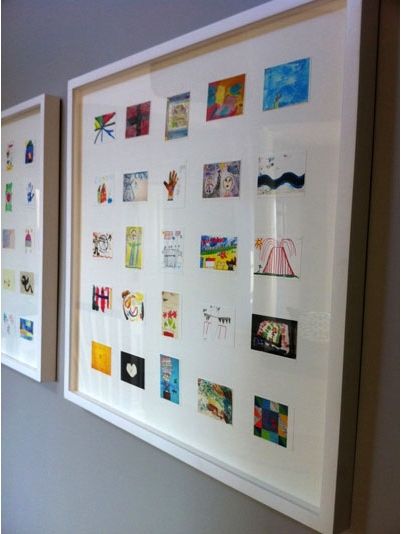
Get the tutorial at White House Crafts »
Color Scavenger Hunt
I Heart Crafty Things
Help toddlers learn to recognize colors by sending them off on a hue-based scavenger hunt. This can work as an indoor or outdoor activity — all you have to do is send them off with a sheet of colors, and they have to find nearby objects that match.
Get the tutorial at I Heart Crafty Things »
RELATED: Creative Scavenger Hunt Ideas to Hone Your Kids' Observational Skills
"Space" Crayons
Minieco
There's just something about sparkly crayons in made in celestial-shape molds that makes coloring time extra exciting. Plus, you make them with the ends of old crayons that kids never want to color with anyway!
Get the tutorial at Minieco »
Pool Noodle Obstacle Course
Andrea Yi
You don't actually need to change into your swimsuit to have fun with pool noodles — you can use them to create obstacles that kids have to climb through, crawl under, balance on, or jump over.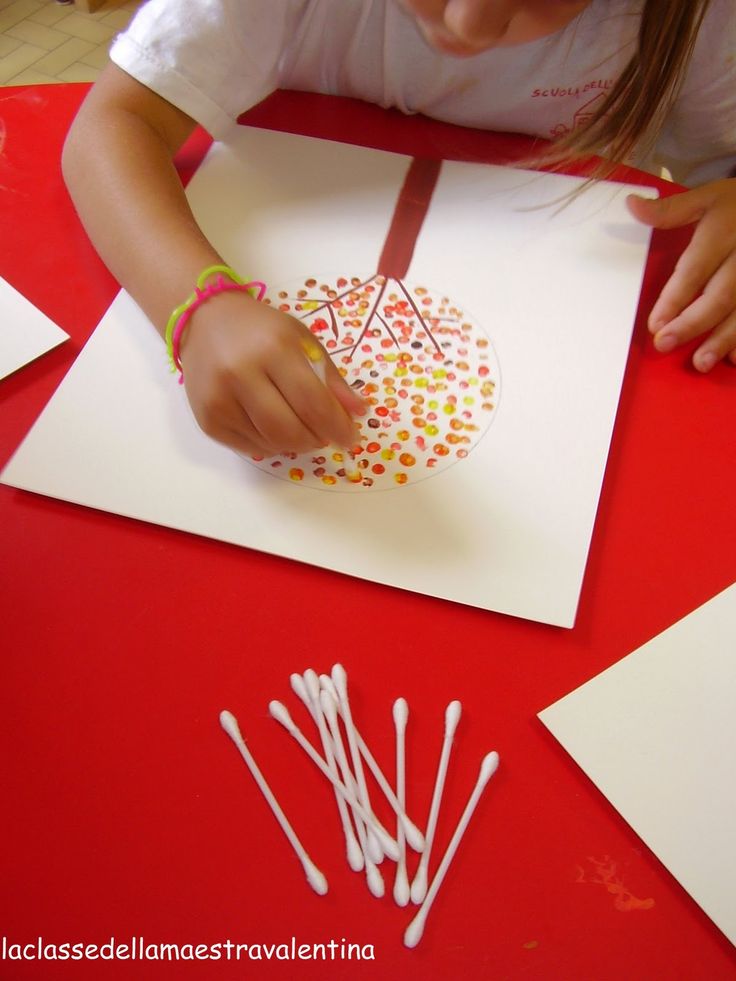
Get the tutorial at Raising Dragons »
Jellyfish
Craftiments
Paper plates and yarn transform into these denizens of the deep. If you use glow-in-the-dark acrylic paint, you can even see their "bioluminescence" in action when you turn out the lights.
Get the tutorial at Craftiments »
Tattoo-Patterned Planter
A Kailo Chic Life
If you have a printer, you can get some printable temporary tattoo paper and use it to dress up old planters, mugs, pencil cups and the like. (And if you don't have a printer, you can just use a lot of little, store-bought temp tattoos.) Tweens will have a great time finding patterns that match their bedrooms or school supplies.
Get the tutorial at A Kailo Chic Life »
Lava Lamp
Aww Sam
Lava lamps are back, baby, in a groovy new way. And if you want the homemade look, you can do it yourself with vegetable oil, food coloring and antacid tablets.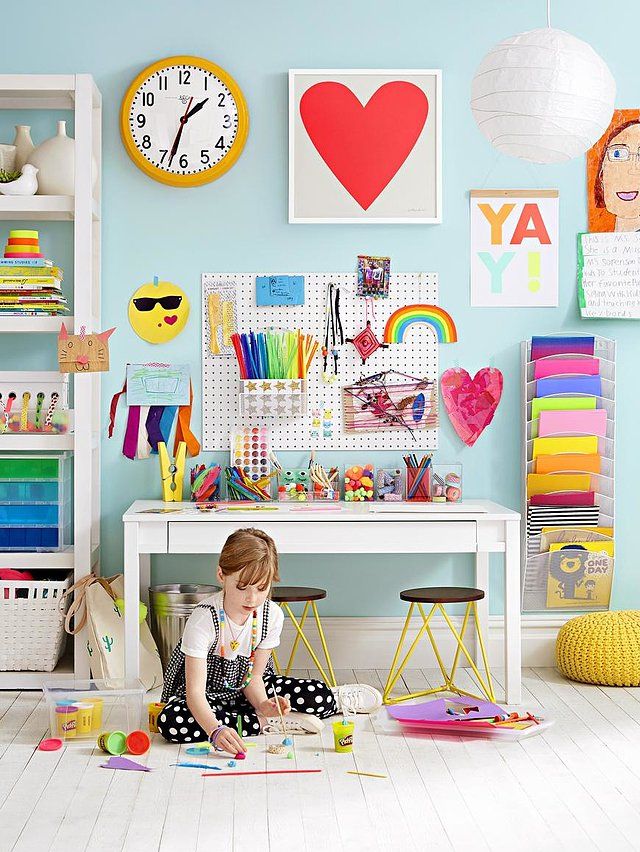
Get the tutorial at Aww Sam »
Fairy Bells
Buzzmills
Decorate twigs with embroidery floss, beads and jingling bells to add a bit of whimsy to your yard. Listen to see if the fairies come out to ring the bells.
Get the tutorial at Buzzmills »
Sun Print Leaf Art
Design Improvised
It's an art project and a chance to brush up on their STEM skills all at once. Gather leaves or other interestingly-shaped natural materials on an outdoor adventure, and then use them to make prints on sun-sensitive paper.
Get the tutorial at Design Improvised »
"I Spy" Bag
Six Sisters' Stuff
Transform a windowed pencil case into an armchair treasure hunt with this no-sew project. Fill the case with poly pellets to obscure the treasures.
Get the tutorial at Six Sisters' Stuff »
Mini Lid Banjos
The Craft Train
These may not sound like the real thing, but they look adorable — and you can dress them up basically any way you want.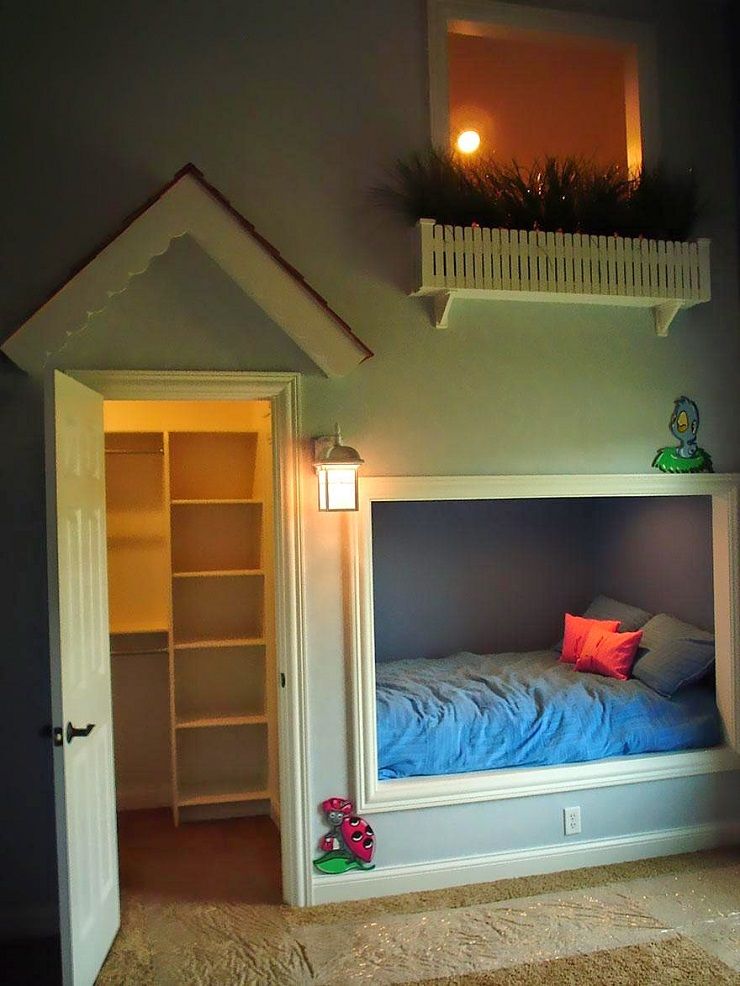 They're the perfect doll-sized instrument for a pretend band.
They're the perfect doll-sized instrument for a pretend band.
Get the tutorial at The Craft Train »
Friendship Bracelets
Marisa Edghill
These old camp crafts are back and better than ever. See if your fingers can remember how to make spiral staircases, chevrons, diamonds and waves, then teach your kids and let them pick their own color combinations.
Get the tutorial at Omiyage Blogs »
RELATED: Easy Friendship Bracelet Patterns to Dress Up Any Outfit
Flight School
Philip Friedman/Studio D
These paper planes are perfect for kids — just fold and let your imagination fly. Increase the challenge by making some cardboard targets for the planes to fly through.
Get the tutorial »
Paper Bracelets
Picklebums
We love a two-for-one activity: First, paint abstract shapes with watercolors, and then have older kids cut the paper into strips and fold them into wearable art.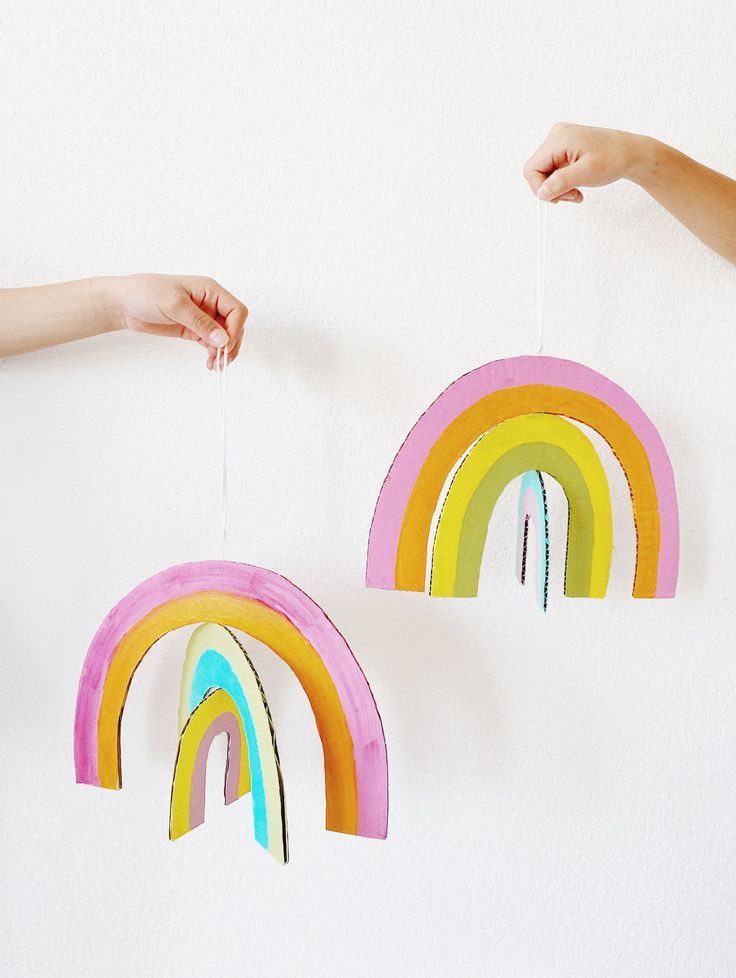
Get the tutorial at Picklebums »
Thumbprint Family Tree
Philip Friedman/Studio D
Get in touch with your roots via a hands-on genealogical project. Dot the print-out template with thumbprint leaves, then start mapping extended relatives galore.
Get the tutorial »
Felt Elastic Bookmarks
Cutesy Crafts
With bookmarks this cute, they might even be motivated to do more reading. You can whip these up in a snap with some felt, googly eyes, glue and elastic.
Get the tutorial at Cutesy Crafts »
Glowing Fairy Jar
MomDot
Glitter and glow sticks make it possible to "capture" a fairy and watch as her magic illuminates a colorful jar. Shake it up for some more magic.
Get the tutorial at MomDot »
Owl Puppet
Merrilee Liddiard
Handprint turkey, step aside: A new paper craft can rule the roost.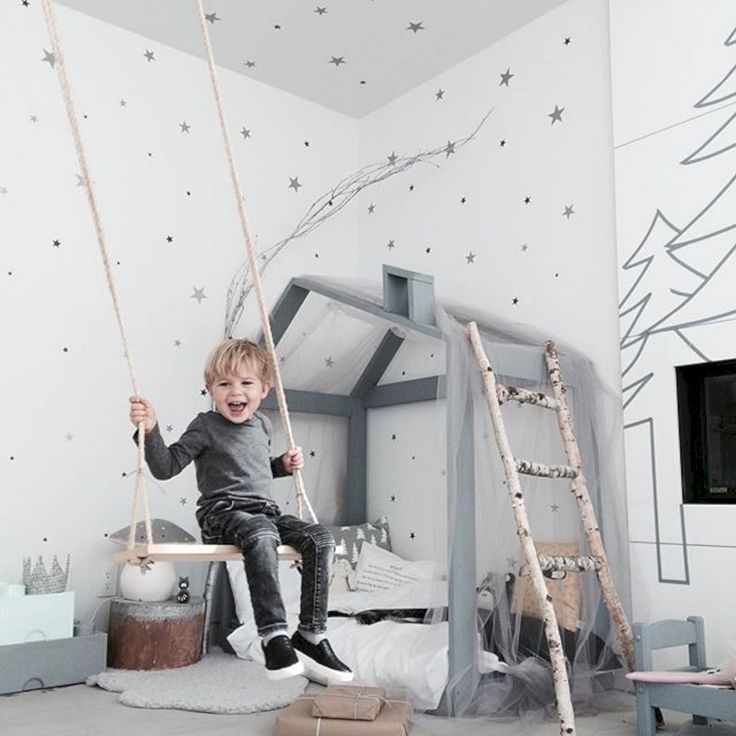 Add string to the cup's sides, and you've got yourself a feathered cap, too.
Add string to the cup's sides, and you've got yourself a feathered cap, too.
Get the tutorial »
Race Track
Juliette's Garden
Take your washi tape stash to the floor to create a colorful, customizable race track for tiny cars — and a place to park them when playtime is over.
Get the tutorial at Le Jardin de Juliette »
Foam Paint
Dabbles & Babbles
This three-ingredient recipe is a little bit of art, a little bit of science. The paintable foam (which kids can pipe out of plastic bags) hardens overnight into super-cool, puffed-up masterpieces.
Get the tutorial at Dabbles & Babbles »
Temporary Tattoos
Hello, Wonderful
You can use printable tattoo paper to celebrate your kid's love of doodling by making temp tats out of her own art. (And, go ahead: Let her put a few on you, too.)
(And, go ahead: Let her put a few on you, too.)
Get the tutorial at Hello, Wonderful »
Glow Bubbles
Paging Supermom
Adding ink from a highlighter to some bubble solution makes bubbles that glow under a blacklight. Ready for some glow-in-the-dark fun?
Get the tutorial at Paging Supermom »
Polka Dot Slime
Fun at Home With Kids
Slime is the trend that's never going away, and the only thing better than making a mom-approved mess is doing so with the extra fun of polka dots. (Can you guess what they're made from? That's right, more slime!)
Get the tutorial at Fun at Home With Kids »
Mini Volcanoes
Momdot
This explosive science experiment (disguised as permission to make a mess) is a lot more palatable when contained in a glass dish. Add food coloring for colorful lava.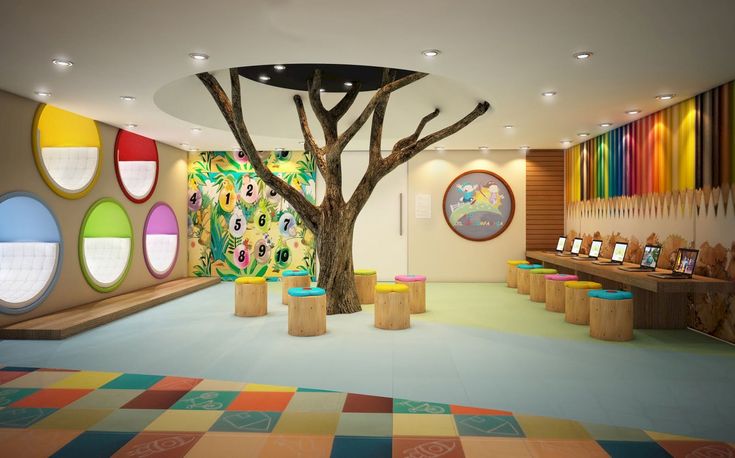
Get the tutorial at MomDot »
Artsy Collages
MollyMooCrafts.com
It's amazing how a piece of paper loaded up with watercolor doodles, stickers and pictures from thrifted design books becomes instant art when framed.
Get the tutorial at Molly Moo Crafts »
Window Art
And Next Comes L
Don't worry — we're not suggesting you surrender your patio doors to your kids' artistic ambitions. This activity only requires transparency sheets and water, so it's totally removable.
Get the tutorial at And Next Comes L »
Tissue Box Monsters
The Best Ideas for Kids
You probably have empty tissue boxes lying around the house already. When you're done, use the extra pom-poms to "feed" the monster. Turn it into a minute-to-win-it game by seeing how many pom-poms players can toss into the monster's mouth in 60 seconds.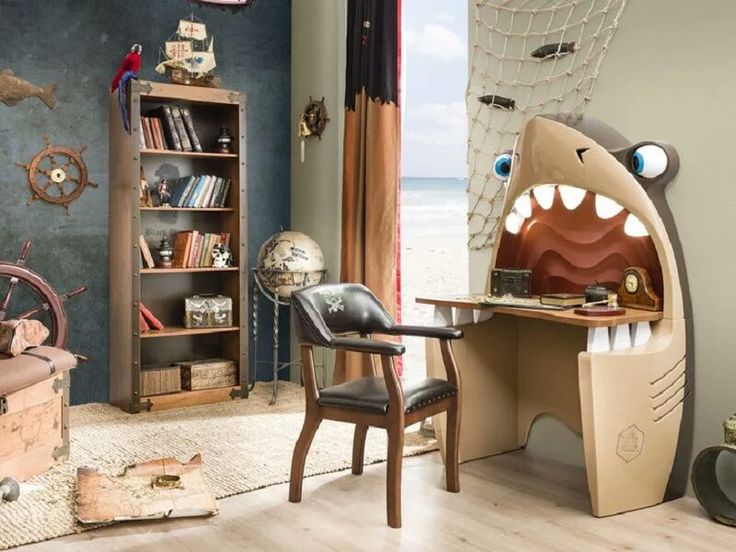
Get the tutorial at The Best Ideas for Kids »
RELATED: Fun Things to Do at a Sleepover to Keep Them Busy All Night Long
Story Stones
Handmade Mood
Take rock painting a step further: After the paint's dry, the images on the stones become characters in a story everyone can tell together.
Get the tutorial at Handmade Mood »
Spiky Sponges
Endlessly Inspired
When skipping through the sprinkler loses its charm, pull out these homemade spiky sponges for a riff on water balloons that won't cause bruising.
Get the tutorial at Endlessly Inspired »
Nature Craft Bugs
The Craft Train
Your kids can use things they find in nature to replicate what they see in the great outdoors. The secret to this craft is using a coat of Modge Podge to make the bugs shiny (and keep the leaves from drying out).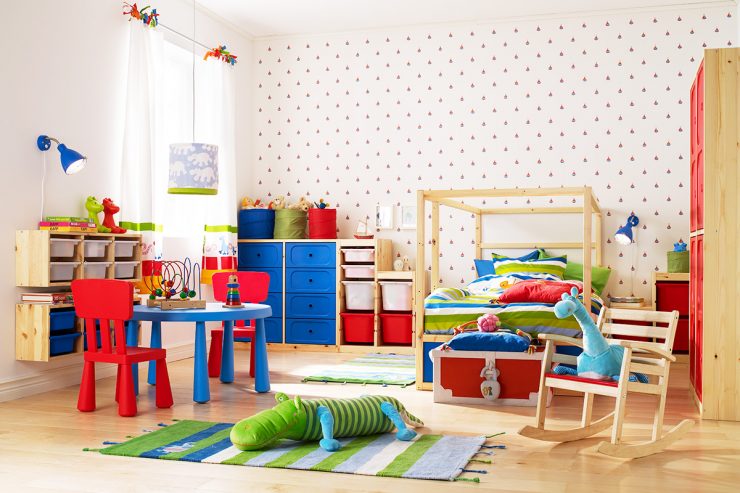
Get the tutorial at The Craft Train »
Tie-Dye Spin Art
Mike Garten
Transform your salad spinner into a carnival-style spin art machine. Just make sure you fill squeeze bottles with washable paint, in case splatters land outside the coffee filter canvases.
Get the tutorial »
Origami Frogs
Itsy Bitsy Fun
These paper frogs really jump! When the fun of folding origami frogs is over, extend playtime with sidewalk games to see which hopper can leap the farthest.
Get the tutorial at Itsy Bitsy Fun »
Fairy Garden
Mike Garten
To you, it's just glitter; to them, it's magical pixie dust. Sprinkle some over your pint-sized garden and wait for the fairies to come out and play!
Get the tutorial »
Outdoor Concert
Fun at Home With Kids
Thrift store finds become a backyard music station (and save your everyday cookware from your little maestro's enthusiastic playing).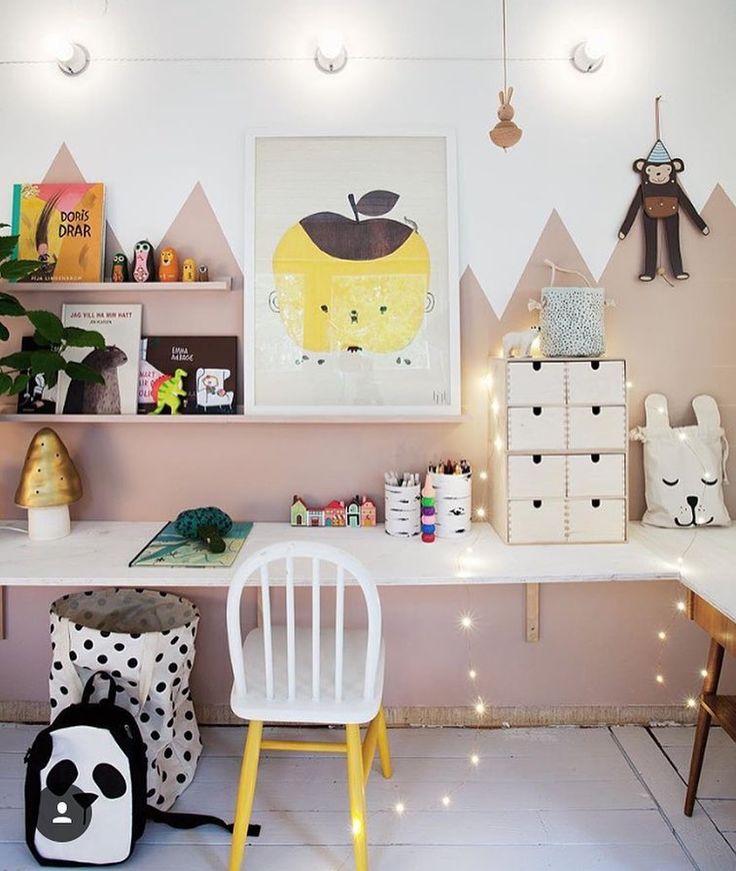 With a few modifications, you can probably set up an indoor version of this one-man band wall, too.
With a few modifications, you can probably set up an indoor version of this one-man band wall, too.
Get the tutorial at Fun at Home With Kids »
Magic Bubble Wands
Babble Dabble Do
Fashion straws into 3D shapes for an activity that's one part at-home science experiment, one part silly fun with bubbles. With practice, you can make square and triangular bubbles!
Get the tutorial at Babble Dabble Do »
Water Balloon Batting Station
iCandy Handmade
Because nothing says "summer" quite like a bucket of water balloons and America's pastime. Play ball! (And get soaked!)
Get the tutorial at iCandy Handmade »
Skee Ball
Frugal Fun for Boys and Girls
Dump out the laundry baskets for an indoor arcade game. Launched off a cardboard ramp, plastic balls score major points with bored kiddos.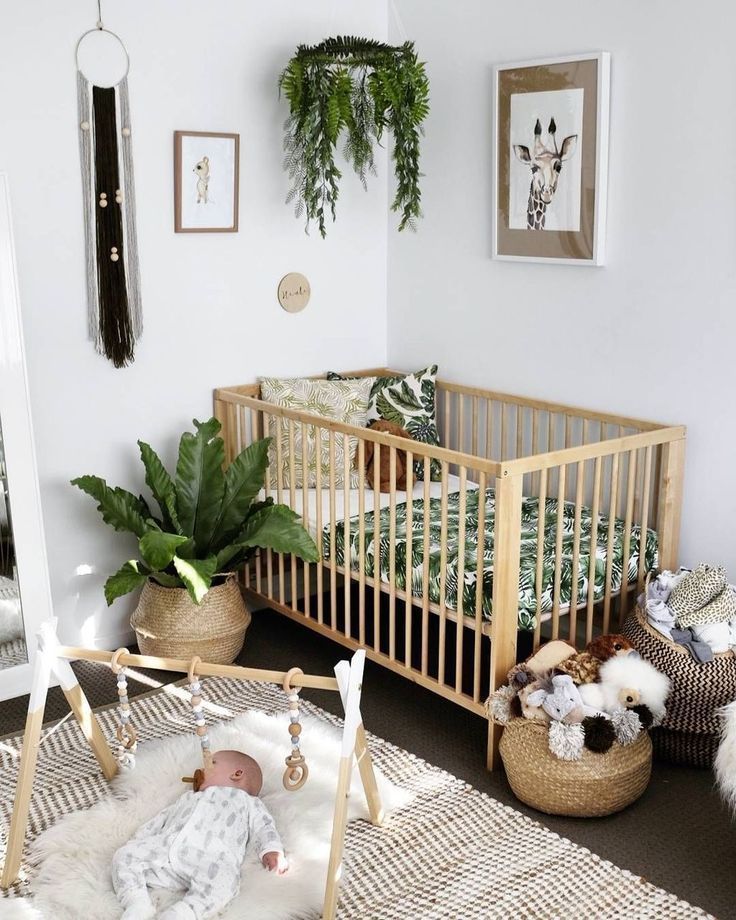
Get the tutorial at Frugal Fun for Boys and Girls »
Funfetti Play Dough
Smart School House
Skip the cupcakes and make this sprinkle-packed, two-ingredient play dough instead. The mixture is even edible (but nearly all sugar, so don't turn your back on little ones for too long).
Get the tutorial at Smart School House »
Pool Noodle Water Wall
Teaching Mama
When they start using pool noodles as makeshift swords, tie the toys to a pegboard and hold a good, clean water race instead. Just be sure to keep the towels handy.
Get the tutorial at Teaching Mama »
Soap Boat
I Heart Naptime
File this under genius parenting hacks: A piece of rain gutter picked up at the hardware store becomes a slick racetrack when you add water and an adorable soap boat.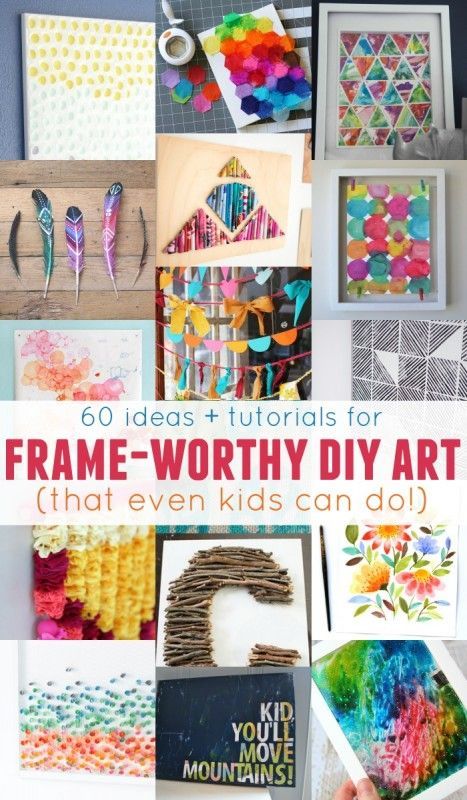 All kids get to make their own flag!
All kids get to make their own flag!
Get the tutorial at I Heart Naptime »
Rainbow Bubble Snakes
Housing a Forest
In a bit of bubble magic, a dish soap solution morphs into a crazy-cool growing snake. Add some food coloring to watch the snake emerge in cool colors.
Get the tutorial at Housing a Forest »
Kiddie Car Wash
Mom Endeavors
The old backyard sprinkler gets a major upgrade with this kiddie car wash, which uses PVC pipes and a hose connector to become the ultimate backyard car wash. Your kids will have endless fun running between the sponges and pool toys.
Get the tutorial at Mom Endeavors »
Falling Leaves Snow Globe
The Soccer Mom Blog
Who says snow globes are just for the winter? Kids can make this autumn variety with foil leaves and glycerin, and then use it when they need a moment of calm focus.
Get the tutorial at The Soccer Mom Blog »
Dress-Up Mermaid Tail
Ikat Bag
You'll probably have to help with the sewing on this one, but the kids can help design and craft their own slip-on, slip-off mermaid tail for pretend undersea adventures.
Get the tutorial at Ikat Bag »
Marisa LaScala Senior Parenting & Relationships Editor Marisa (she/her) has covered all things parenting, from the postpartum period through the empty nest, for Good Housekeeping since 2018; she previously wrote about parents and families at Parents and Working Mother.
Lauren Piro Senior Web Editor Overseeing all things home for GoodHousekeeping.com and HouseBeautiful.com, Lauren swoons over midcentury design and employs tough-love approach to decluttering (just throw it away, ladies).
9 ideas for creative activities with children
Irina Balmanzhi
500 Creative Ideas Collection contains original games and workshops to inspire your child to draw, build, write poetry and stories, sing, dance and improvise anywhere, anytime.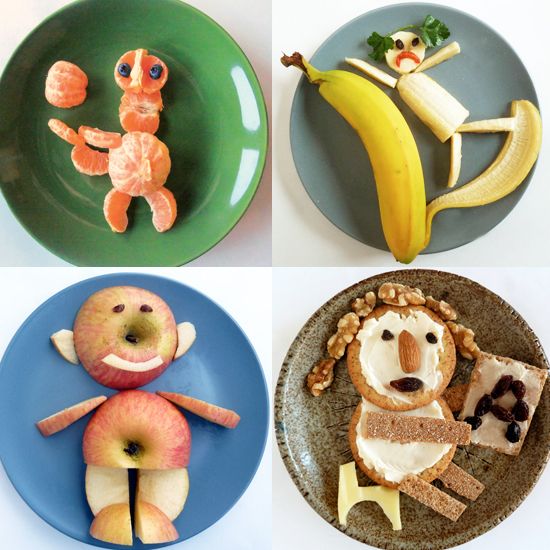 We publish some interesting exercises from the book.
We publish some interesting exercises from the book.
Creativity with babies (2-3 years old)
The kid is interested in everything around. Unquenchable curiosity and a craving for experiments fuel creativity like nothing else.
Between 2 and 3 years of age is an excellent time to explore creative activities such as music, dance, acting, building with blocks, word art, and writing.
Children at such a young age cannot sit still for more than a couple of minutes. But even these moments of passionate creative pursuits are extremely important.
Flyer Collage
Finally, there is a worthy use for all these flyers and brochures - we will make a bright and original picture out of them!
Resource
You will need:
- Non-toxic markers or crayons
- Cardboard sheet
- Advertising thrown in your mailbox (flyers, brochures, envelopes)
- Non-toxic white glue (PVA glue; use with parental supervision only)
- Child safety scissors
Create with your child! Let everyone create their own collage from scraps and scraps of colorful flyers and complement it with drawings made with felt-tip pens, pencils or crayons.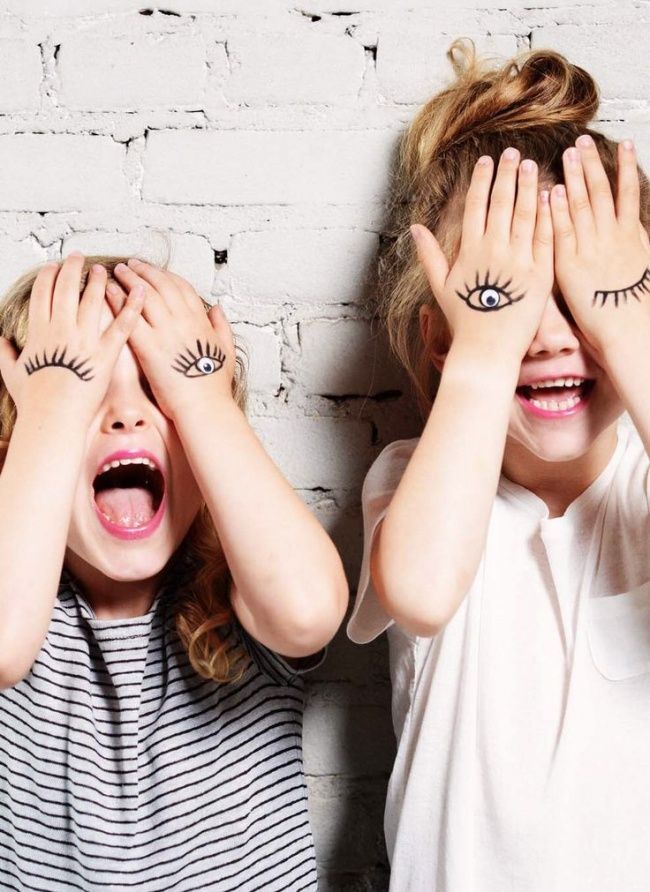
Cardboard city
Baby, mom (or dad, sister, brother, grandma, grandpa, etc.) and a huge box - what an adventure!
Source
You will need:
- 4-6 medium to large cardboard boxes (available at the grocery store, just make sure the boxes are clean)
- Colored paper and tape (to cover boxes)
- Dolls, animal figurines, stuffed animals (“inhabitants” of the houses you will build)
Place the boxes in a large room or take them outside and show your child how to play: build a tower out of boxes, on each “floor” of which toys will “live” - let them sit in boxes. Or line up the boxes. Now let the kid play on his own. What house will he build? Who will he put there?
Basket of fairy tales
To compose an interesting story, all you need is a piece of paper with only one word written on it!
You will need:
- Paper
- Pencil
- Basket
Think of ten words or topics that could be the plot of a fairy tale and write them on slips of paper.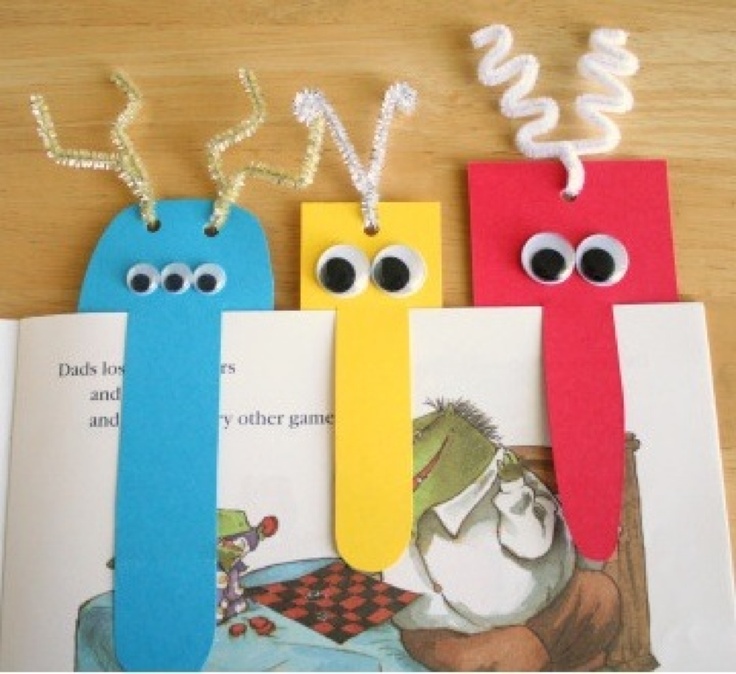 On each sheet, you can also draw something or stick a small photo or picture. Fold the leaves in half and throw them into the basket.
On each sheet, you can also draw something or stick a small photo or picture. Fold the leaves in half and throw them into the basket.
Ask your child to take a piece of paper from the basket. Make up a short children's story or story (2-3 minutes) using the word, picture, or story that comes up. The story can be funny and unpretentious, about events and actions that are understandable and familiar to kids from everyday life.
Accompany the story with facial expressions and gestures. Attract interest with your voice: make non-scary sounds, move to a whisper, speak in a high voice or bass.
Creativity with preschoolers (3-5 years old)
Three, four, five years old is a great age for a variety of creative activities. At this time, role-playing games and acting skills come to the fore. Children love trying new materials. They like to play with the constructor. They listen carefully and love to be told funny stories and read children's books.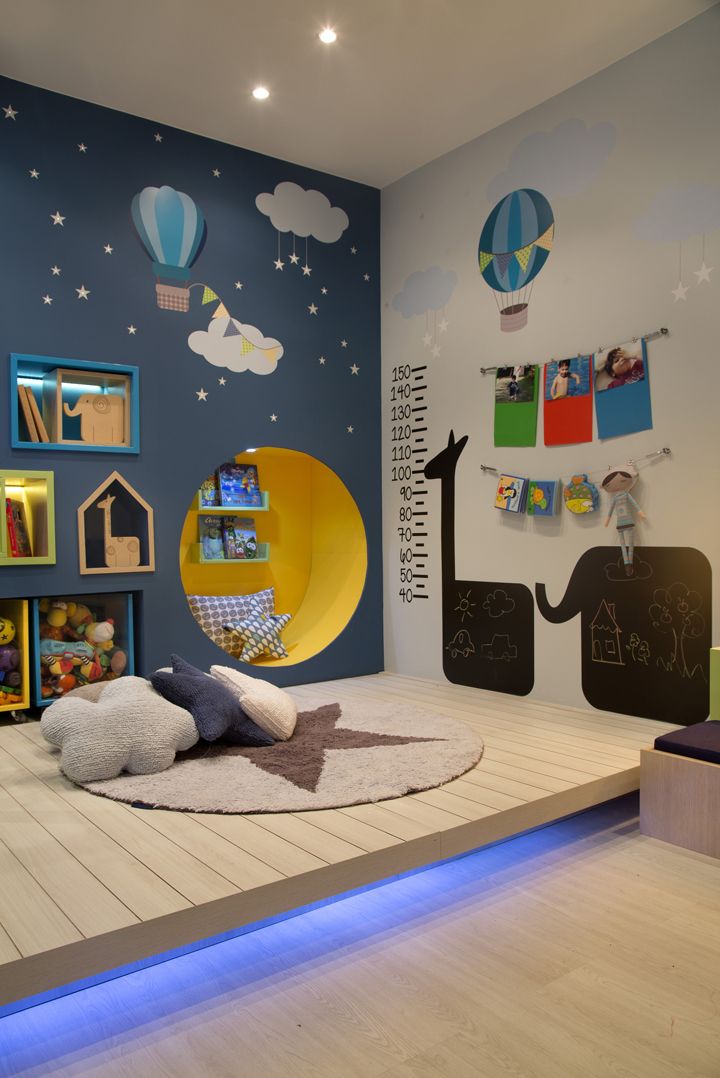 They are attracted to music and dance.
They are attracted to music and dance.
You can do a lot to develop your preschooler's fantasy. Spend more time with him, listen to music, tell stories, put on puppet shows, draw and construct. Over time, creativity will become something familiar, familiar, and after many years your efforts will pay off a hundredfold!
Stick puppets
Take a wooden stick, attach a picture of your favorite character to it, make a costume for him - the stick puppet is ready!
You will need:
- Markers or wax crayons
- Cardboard
- PVA glue
- Fabric scraps
- Wool threads
- Color paper
- Glitter adhesive
- Child safety scissors
- Insulating tape
- Wooden stick (e.g. for ice cream)
Sit next to each other and make your own doll. Draw some character on the cardboard. Decorate the drawing with pieces of fabric, woolen threads and colored paper.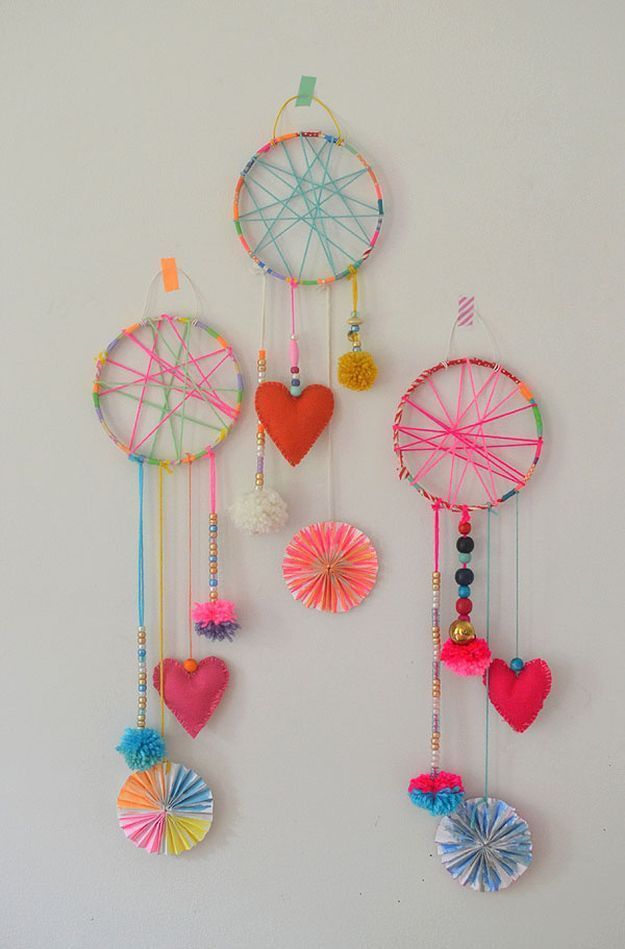 Use glitter glue to draw details and add sparkle!
Use glitter glue to draw details and add sparkle!
When the design is ready, carefully cut it out along the outline. Attach a wooden stick to the back of the picture - you get a chrysalis on a stick. Then put on a puppet show on the kitchen table (for example, you can act out your favorite children's fairy tale).
My Family Poster
Kids love making large colorful posters with letters and pictures. And this one is also dedicated to the family.
Illustration from My Family Book
You will need:
- Large size solid color cardboard sheet
- Photos of family members (or child with other family members)
- Glue or tape
- Markers
Have the child choose their favorite photos of family and friends, lay them out on a large piece of cardboard and stick them on. You can come up with funny captions for pictures together. Help older children write names under the photo.
Six questions
A simple and fun game that adults can use.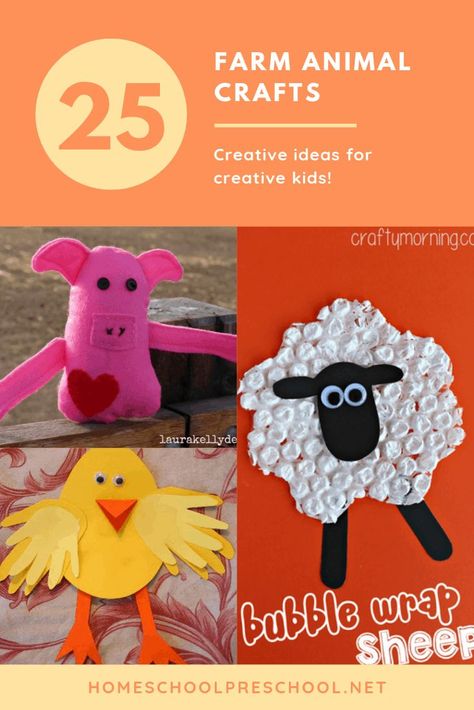 It will help you write incredible stories!
It will help you write incredible stories!
You will need:
- Pencil and paper
Explain to your child that together you will make up a funny story about animals, people or imaginary creatures. Then ask him six questions (see below) and you'll have ideas on where to start. (If you are afraid to forget, write down the answers.)
- Who will be the hero of our story? (Child answers: "Crocodile!")
- What is his name? ("Lesha!")
- Where does he live? ("In the house")
- What color is the house? ("Pink")
- What does the crocodile like to do in his spare time? ("Play football")
- What is his favorite food? ("Ice cream!")
Collect all the answers and start composing! Introduce your hero and come up with a funny and ridiculous plot, weaving all the details into it. Do not drag out the story, because the attention of a 3-5-year-old child will not be enough for a long time (no longer than 3-6 minutes).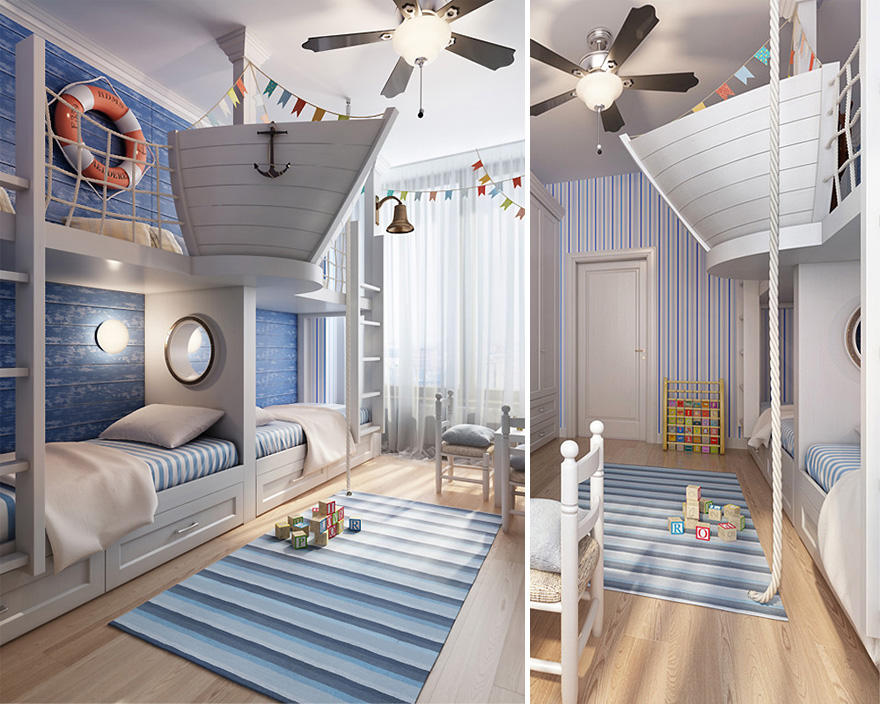
Creativity at school age (6–12 years old)
Ages 6 to 12 are ideal for creative activities. The motor skills of the child are already quite developed, and he is well controlled with any tools and materials. Drawing, music, construction, dancing, theater, storytelling - everything is subject to him!
The task of adults is to create conditions so that the child can try himself in all kinds of creativity that he likes. Remember: he must like what he does. Do not put pressure on him, and he will take on new projects with optimism and confidence.
Creative activities for young photographers
Children aged 6-12 love taking pictures! Collections of original shots can be saved, made into collages, and used for other creative projects.
Source
You will need:
- Camera
Give your child a task: find and photograph objects of a certain color or places of interest. He can choose the theme for his pictures and make his own collection of photos.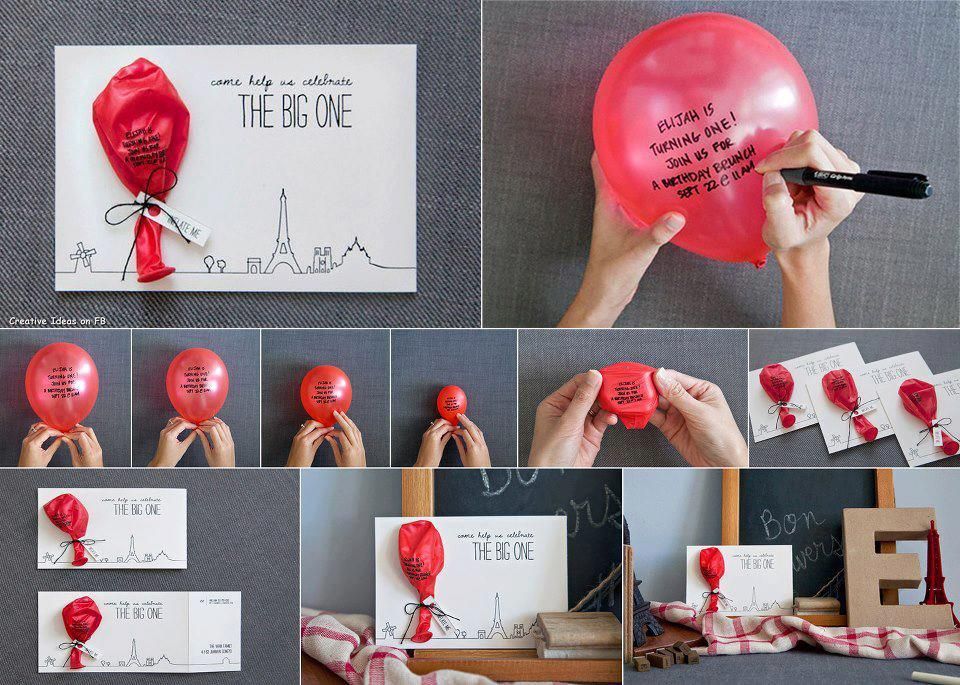 To get you started, here are six topics for photo finds.
To get you started, here are six topics for photo finds.
1. Colors . The child chooses a color or color combination and takes pictures of interesting objects of the same color that come across to him.
2. Nature . Plants, animals, water, sand, clay, puddles - the list is endless. Let the child capture all the most beautiful things in nature.
3. Places . Just take a closer look at the most familiar things: buildings, sidewalks, hills, villages, schools, playgrounds, auto repair shops, supermarkets, banks... Is it possible to photograph all this in an original way? Maybe from close range or far away?
4. Friends . It can be people or four-legged friends. Invite your young photographer to take some pictures of your friends in unusual situations and try to capture their actions, movements, facial expressions.
5. Toddlers . Babies and baby animals are the perfect subject for photography: they sleep, play and move in a completely different way than adults! Encourage your child to take pictures of babies or baby animals in the yard, at the zoo, or in the countryside.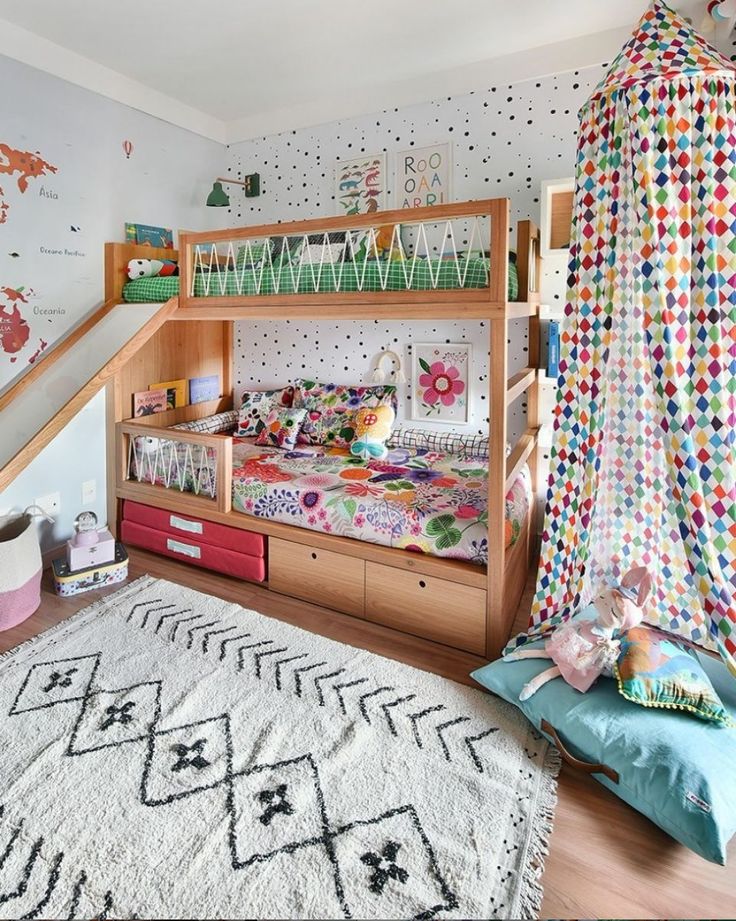
6. funny photo . Can your young photographer catch strangers (and acquaintances) or your pet in funny situations? Or take a picture of you laughing heartily? (Maybe your photographer would like to collect a whole collection of pictures of laughing and smiling people.)
Strange Familiar Tales
This is a very fun and useful exercise for developing the imagination.
Source
You will need:
- Paper and pencil (or computer and printer)
We choose one of the classic fairy tale plots and come up with a new denouement! We write it down or tell a new story aloud.
Classic fairy tales to remake:
- Snow White
- Wolf and Fox
- Ugly duckling
- Geese-swans
- Cinderella
- Puss in Boots
- Beauty and the Beast
- Little Red Riding Hood
- The Princess and the Pea
- Sleeping Beauty
- Three Bears
- Three Little Pigs
- The Frog Princess
Cardboard Robot
Gather the supplies and let your child feel like an innovator robot builder! Robots can be painted in different colors, painted with unusual patterns, and even give them different facial expressions.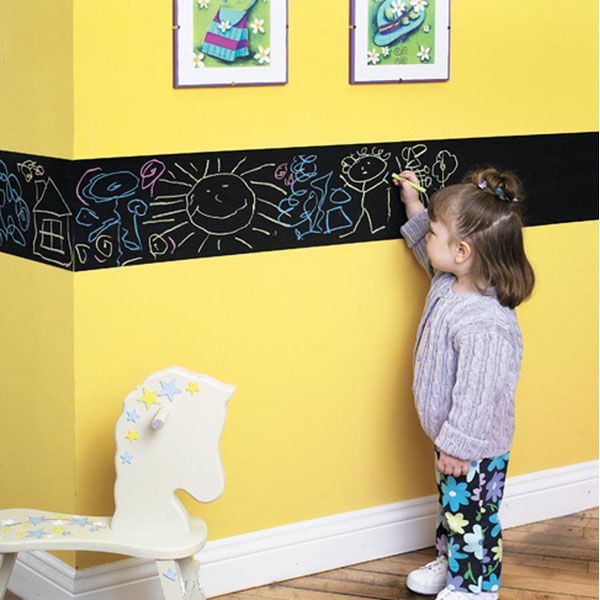
Source
You will need:
- Various sizes of cardboard boxes (small, medium and large)
- Various types of tape and electrical tape - plastic tape, packing tape, transparent tape
- Scissors
- Possible, but optional: toilet paper rolls, plastic bottles, plastic cups, bottle caps, egg cartons, markers, glue, fluffy wire
This is a co-creation project: make your own cardboard robot from the suggested materials. (Older children can work on their own.)
The project is challenging and trial and error, but it helps children learn how to find the best solutions and put parts together in the most efficient way.
Keep a positive attitude, remember that the main thing in any business is the pleasure of the process itself, and be ready to help correct small design flaws.
Based on the book "500 ideas for creative development"
Post cover from here
Interesting ideas for children's creativity
What to do with the child at home during the holidays or, for example, if the doctor wrote out a sick leave? Nobody wants to sit and be bored at home, so you need to come up with an exciting and useful activity! But how to choose it?
The best solution is to get creative.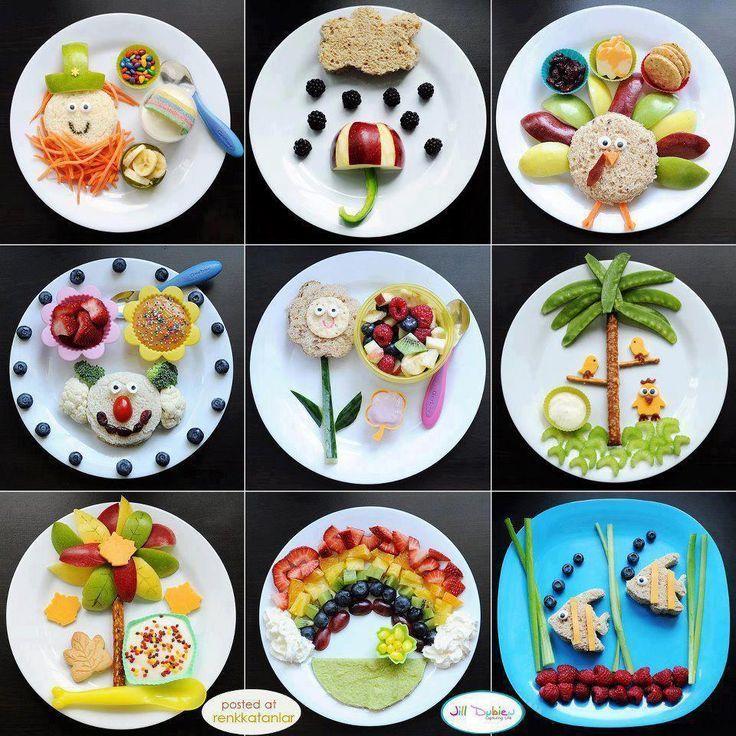 Do-it-yourself crafts with parents always bring a sea of positive emotions, and most importantly, such activities develop fine motor skills, attentiveness and, of course, creative thinking. But what kind of creativity to do with a child?
Do-it-yourself crafts with parents always bring a sea of positive emotions, and most importantly, such activities develop fine motor skills, attentiveness and, of course, creative thinking. But what kind of creativity to do with a child?
Polymer clay
From polymer clay you can sculpt anything: your favorite cartoon characters, fairy tale characters, animals, fruits and vegetables, etc.
It is worth paying attention to the fact that polymer clay can be of two types: self-hardening (hardens on its own in air) and baked (requires baking in the oven). For children's creativity, it is preferable to choose the first option - self-hardening clay.
And you can try to decorate. For example, a bracelet with fruits or pendants in the form of funny animals.
Another great idea is to mold fairy tale characters from polymer clay, and then play a real puppet show, not forgetting to invite the audience first.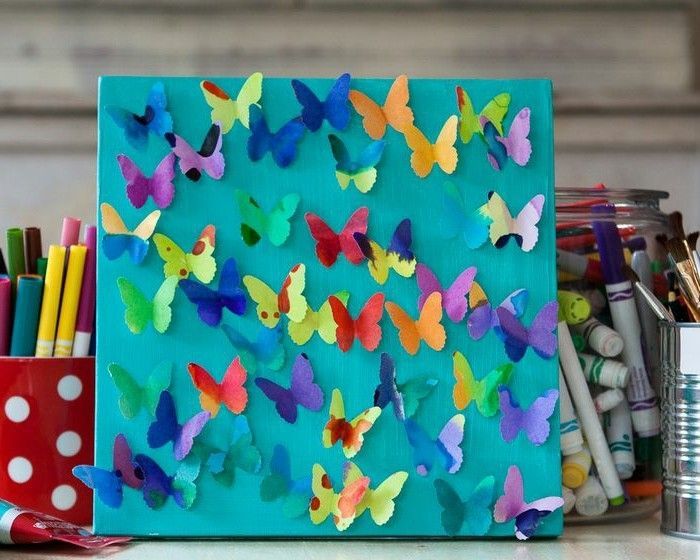
Scrapbooking
Creating original postcards, photo albums and photo frames with your own hands will appeal to older children, aged 9-11 years. Younger children will need adult help.
Decorating various objects with beads, lace, multi-colored paper, magazine clippings is an activity that will captivate not only children, but also parents.
A photo album or a postcard decorated with your own hands is a wonderful gift that you can always present to your family or friends in honor of a memorable date. For example, an anniversary, wedding or just a birthday.
Foamiran flowers
Foamiran or plastic suede is a relatively new material that many craftsmen use to create beautiful flowers. Particularly skillful samples are almost impossible to distinguish from living counterparts.
The advantage of foamiran is its ability to take the form that the master sets when heated. Working with this material is very easy and pleasant, so it is ideal for children's creativity.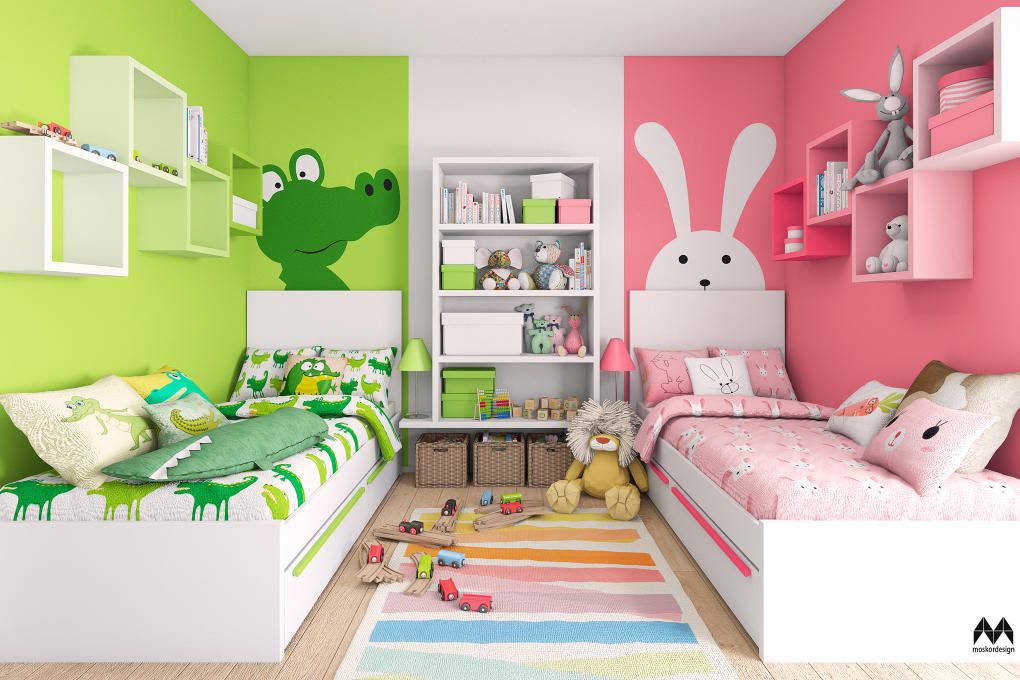 A little patience, and the child will learn how to create real works of art!
A little patience, and the child will learn how to create real works of art!
First of all, girls will like this kind of creativity. Indeed, most often flowers are made from foamiran, which can easily be turned into stylish jewelry: earrings, bracelets or, for example, hair bands.
By the way, not only flowers, but also dolls can be created from foamiran. This exciting activity will appeal to children of both school and preschool age. After all, it is always interesting to create your favorite characters yourself, and then arrange mini-performances or just play with them!
Felt
Another material that both adults and children love to work with is felt. From it you can make soft dolls, Christmas toys, original badges, decorations and decor items. At the same time, felt is very “obedient” and easy to work with, so even kids can handle the creation of products from such material. But, of course, only under the supervision of parents.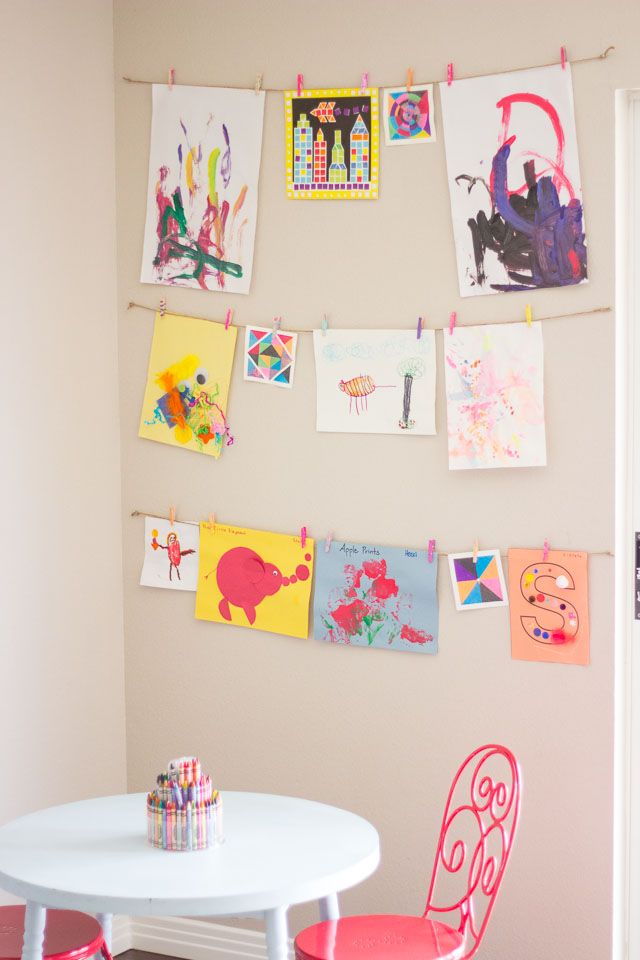
You can make finger puppets out of felt, and then show whole performances based on famous fairy tales or scripts of your own composition.
Soap making
For some reason, some people think that soap making is an activity that is interesting only for adults. This is not so: children are happy to comprehend the mysteries of creating soap products, because it is very interesting! And most importantly, the child will be very proud that he made soap on his own, with which he will then wash his hands.
Be sure to buy different ingredients - soap bases, fragrances, food colors, pigments, dried flowers, water-soluble pictures. And, of course, it is worth buying more molds for soap (silicone and plastic) and curly stamps.
A huge plus of home soap making is that this “craft” can be practiced from the age of three. In this case, you should buy a ready-made soap base, or a set in which there is such a base.
A good solution would be to buy a children's soap making kit, which already includes all the necessary materials, tools, as well as detailed instructions.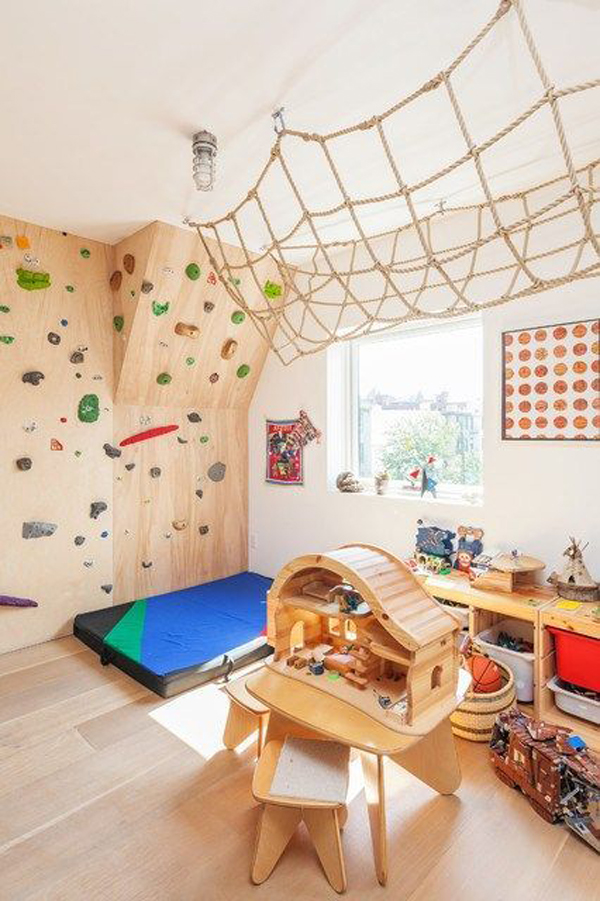
Bead crafts
Weaving from multi-colored beads is an occupation that has come to us from ancient times, but has not yet lost its attractiveness.
Girls are happy to weave bracelets, earrings and necklaces from beads and glass beads. And the boys may well like the creation of funny figures from small beads.
Simple and understandable patterns for weaving can always be found on the Internet, and you can buy materials and tools at any needlework store. At the same time, be sure to purchase containers for storing beads, so as not to collect “scattered” beads throughout the house.
Decoupage
The technique of decorating various interior items, which is called "decoupage", is quite simple to master. The essence of decoupage is to transfer images to an object (for example, a photo frame, a box or a plate), and then varnish the resulting composition.
By the way, using the decoupage technique, you can decorate not only interior items, but also furniture.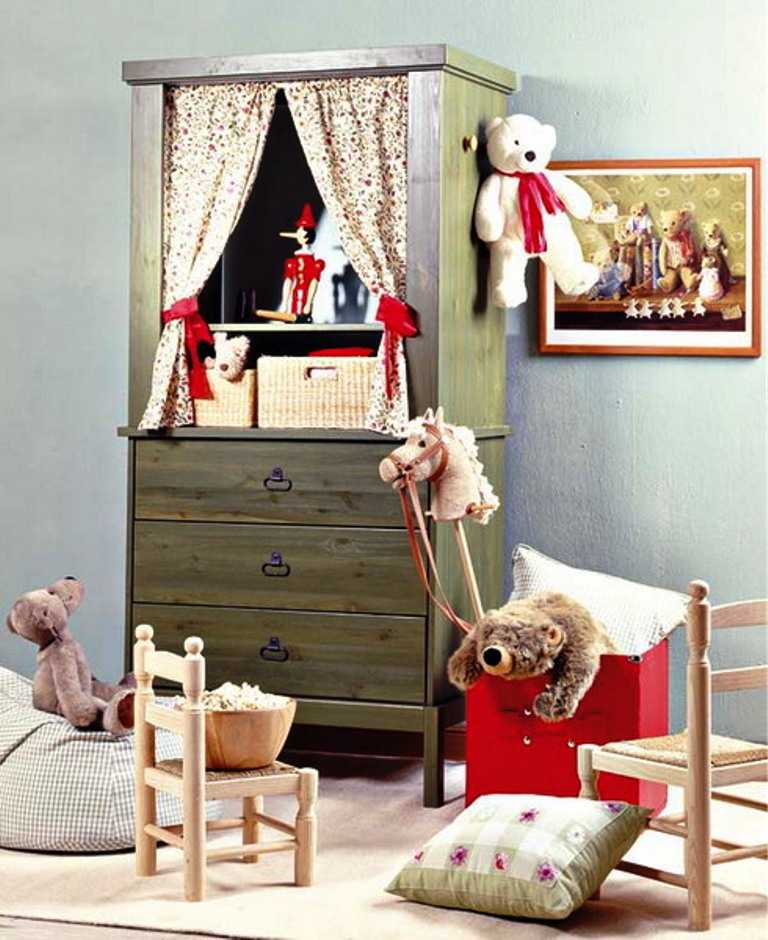 But, of course, children should do this under the supervision of adults.
But, of course, children should do this under the supervision of adults.
Chenille wire
Chenille or fluffy wire is one of the most favorite materials for children's creativity. This is because it is very easy to create various figures from such wire, and the products always turn out to be original and funny.
Since the wire is absolutely safe, and it is very easy to work with it, you can make crafts from such material even with small preschool children.
Crepe paper
Decorating crepe paper is most commonly used to make paper flowers. At the same time, crafts always turn out beautiful (unless, of course, they are done carefully) and very similar to real flowers.
It is quite possible to learn the basics of creating flowers from crepe paper by watching video courses for beginners on the Internet. Having mastered the main skills on their own, it will not be difficult for parents to show the basic techniques to children, so that they can then create amazing beauty together.